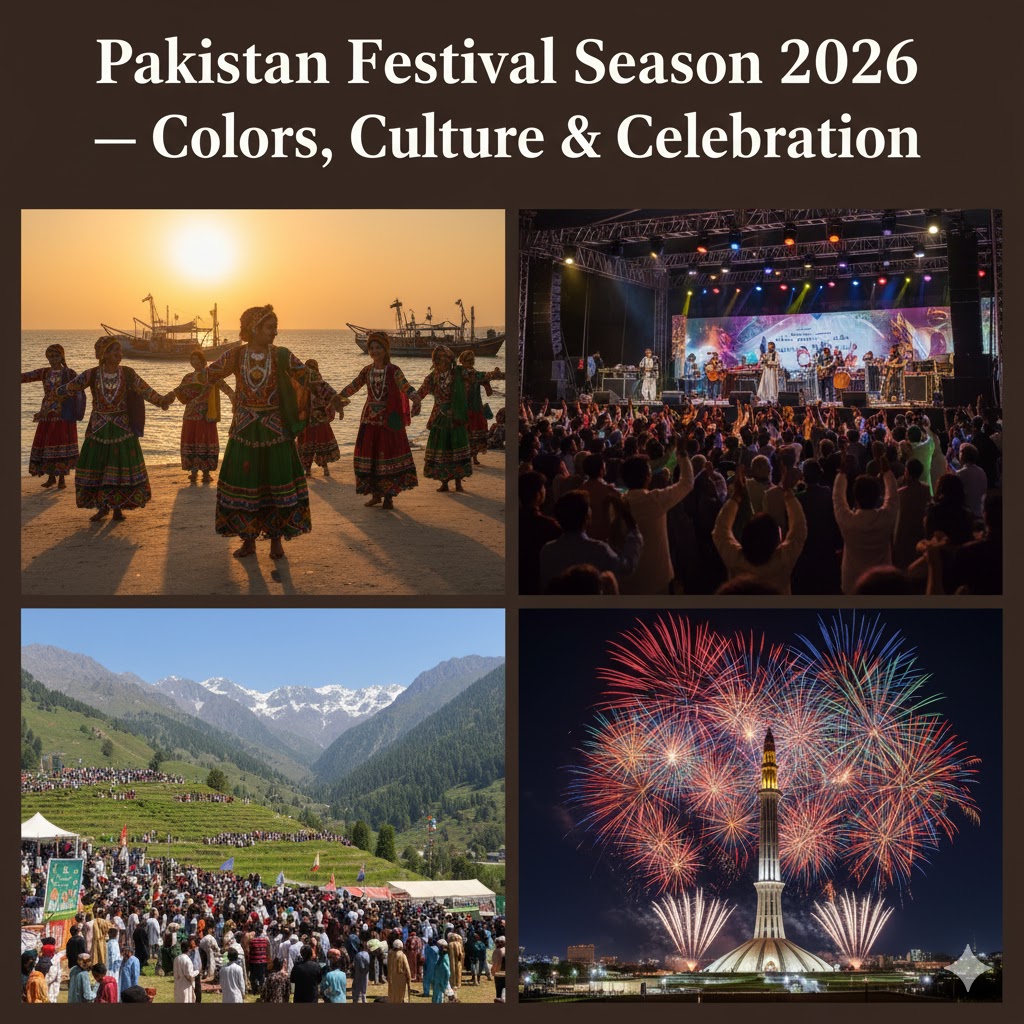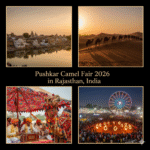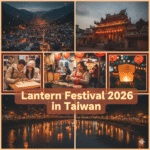1. Introduction — Where Traditions Dance Through Time
Pakistan cultural heritage festivals is a tapestry woven with the threads of devotion, color, and centuries-old customs. Every festival — from the Urs of Lal Shahbaz Qalandar in Sindh to the Polo Festival of Shandur in Gilgit-Baltistan — tells a story of faith, hospitality, and unity.
These festivals are not just gatherings; they’re living museums of music, craft, cuisine, and spirituality. Travelers who explore them discover Pakistan’s soul — a land where devotion meets celebration, where folklore becomes an experience, and where communities come alive with rhythm, light, and laughter.
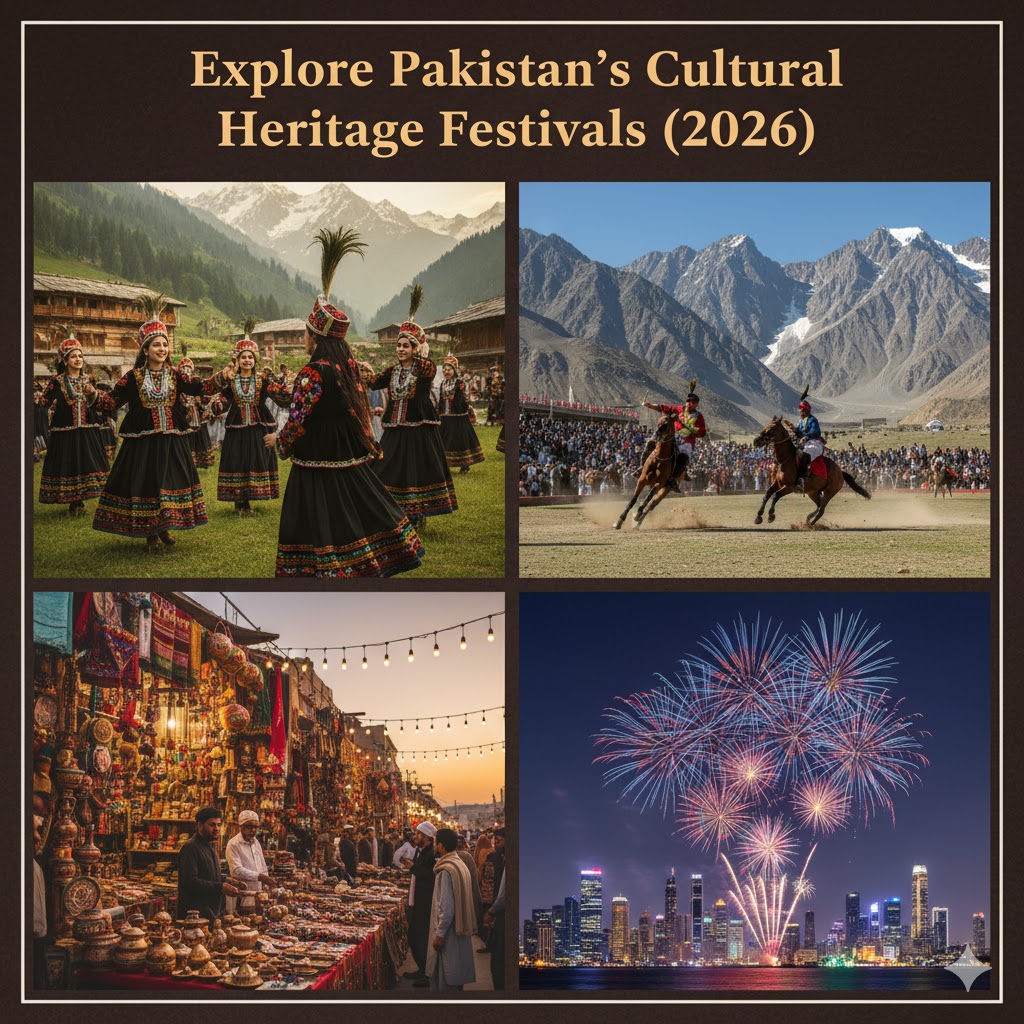
🕌 2. Sindh — Land of Saints and Sufi Melodies
2.1 Urs of Lal Shahbaz Qalandar, Sehwan Sharif
Held every March, the Urs of Lal Shahbaz Qalandar is among the most spiritually charged festivals in Pakistan. Pilgrims from across South Asia gather at his shrine in Sehwan, celebrating three days of dhamaal, qawwali, and prayer.
The shrine’s courtyard transforms into a sea of red as devotees whirl in rhythmic devotion. The festival symbolizes Sindh’s ethos of love, tolerance, and unity — echoing Qalandar’s message of spiritual equality.
Local Tip: Visit during early morning or post-sunset hours for the most mesmerizing spiritual atmosphere. Respect shrine etiquette — cover your head and avoid filming without permission.
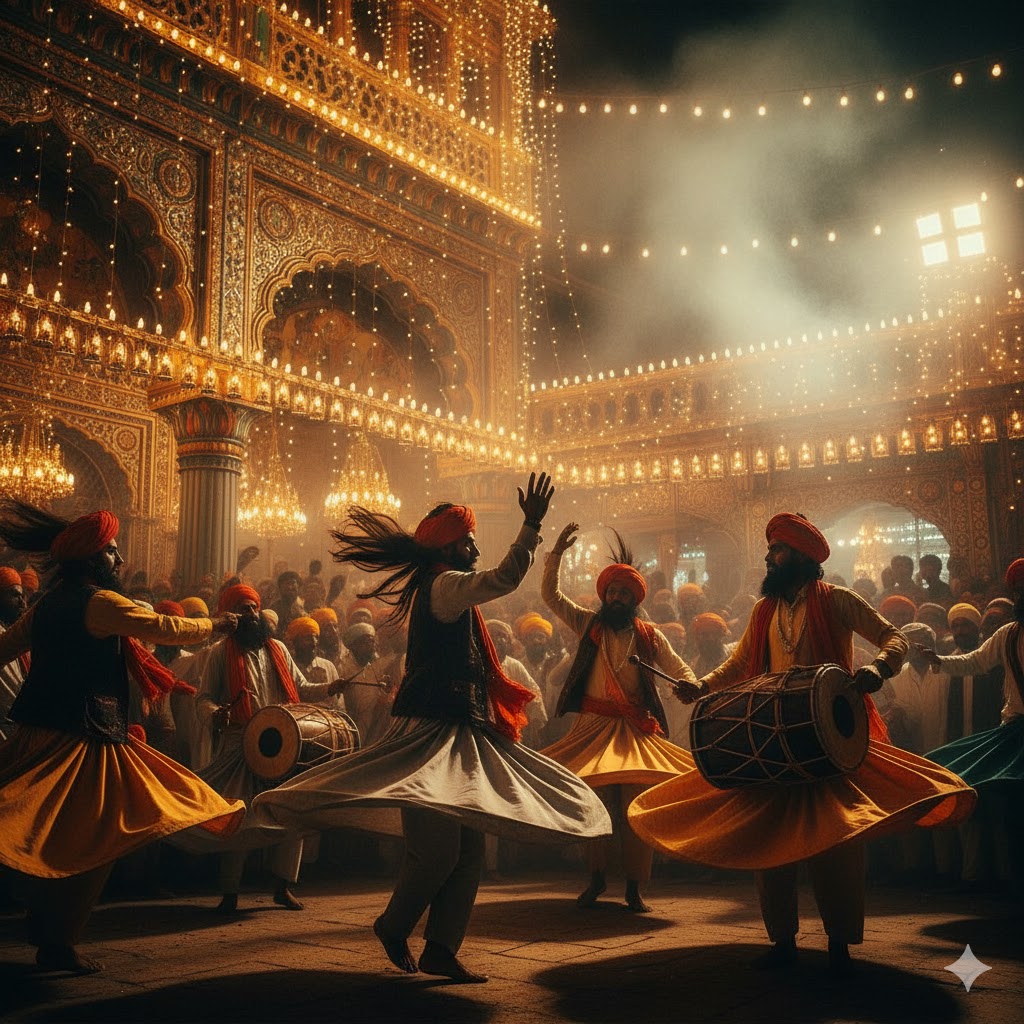
2.2 Urs of Shah Abdul Latif Bhittai, Bhit Shah
Each Safar month (Islamic calendar), thousands gather at Bhit Shah for the Urs of Shah Abdul Latif Bhittai — the legendary poet-saint who immortalized Sindhi folklore through his “Shah Jo Risalo.”
Folk musicians perform verses using the tambura, while artisans exhibit Ajrak printing, Sindhi caps, and ceramic art. The event reflects Sindh’s poetic spirit — where love and mysticism blend seamlessly.
Traveler’s Tip: Try local Sindhi dishes like Sai Bhaji and Sindhi Biryani at community food stalls near the shrine.
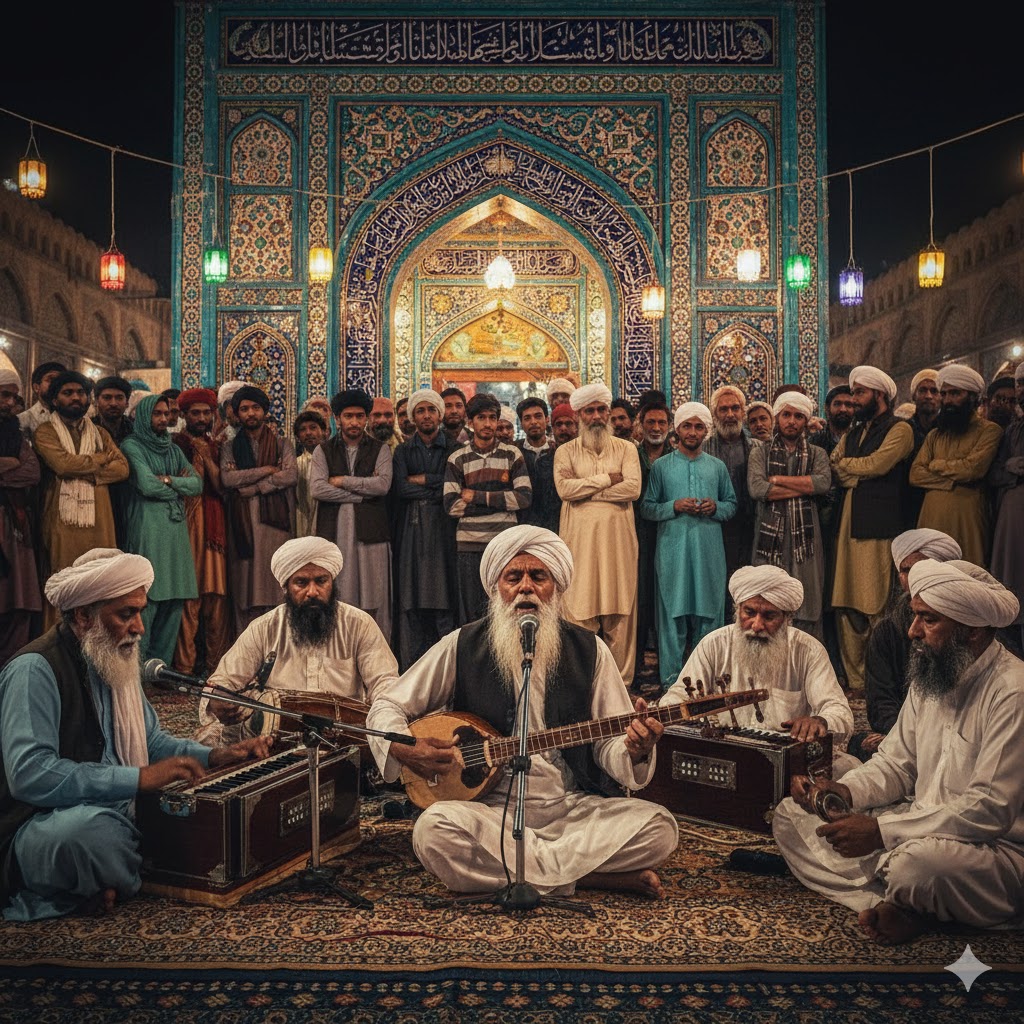
2.3 Mela Charan Das & Makli Cultural Fair, Thatta
This lesser-known event near Makli Necropolis celebrates Sindh’s diverse communities — Hindu, Muslim, and tribal — with devotional songs, dances, and shared meals.
The fair includes heritage stalls, handmade crafts, pottery, and camel parades against the backdrop of Makli’s UNESCO-listed tombs, merging history with festivity.
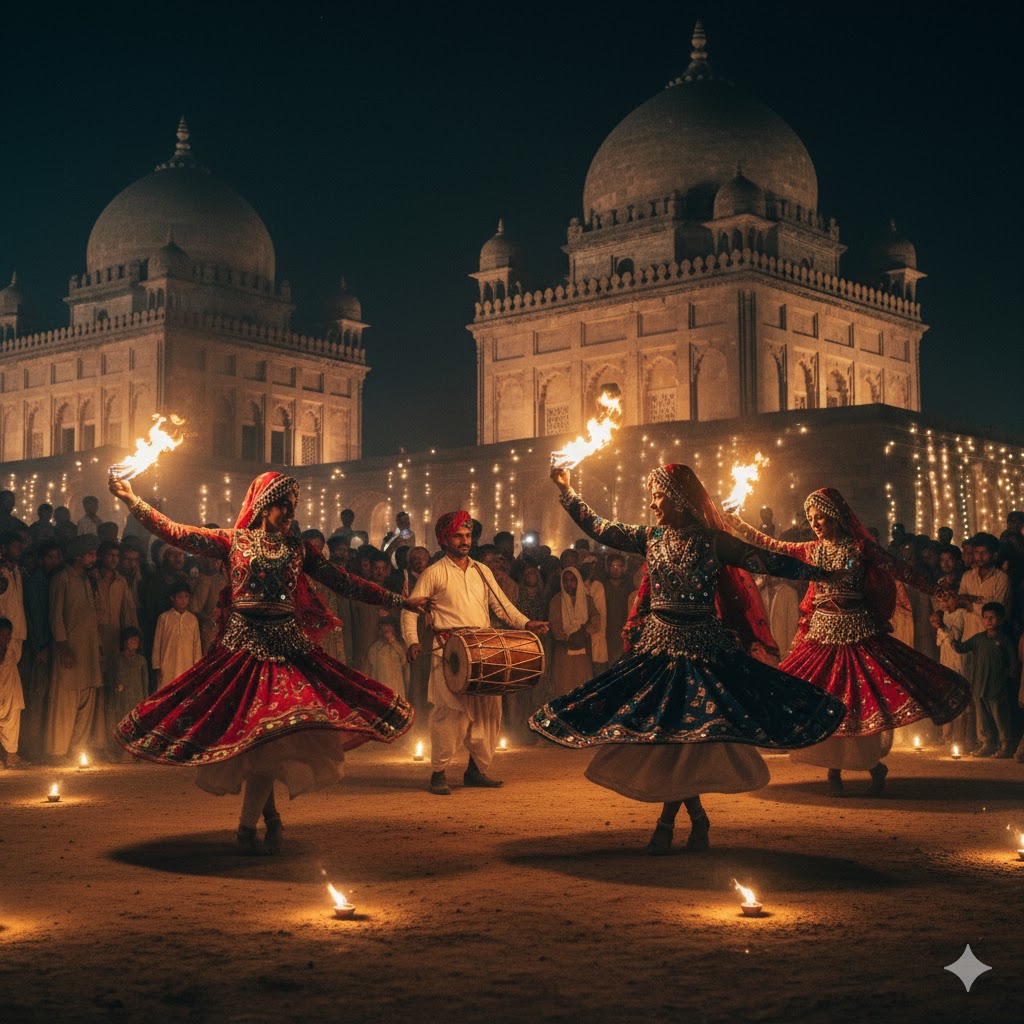
🕊️ 3. Punjab — The Heartbeat of Heritage
3.1 Basant Festival, Lahore
Once the symbol of Lahore’s spring, Basant brings the skies alive with yellow kites, traditional music, and rooftop feasts. While large-scale kite flying is now restricted for safety, controlled Basant events at heritage venues and cultural resorts revive the city’s joyous identity.
Traveler’s Tip: Enjoy cultural evenings at Walled City of Lahore Authority (WCLA) events, where traditional music, craft stalls, and lighting festivals recreate Basant’s festive glow.
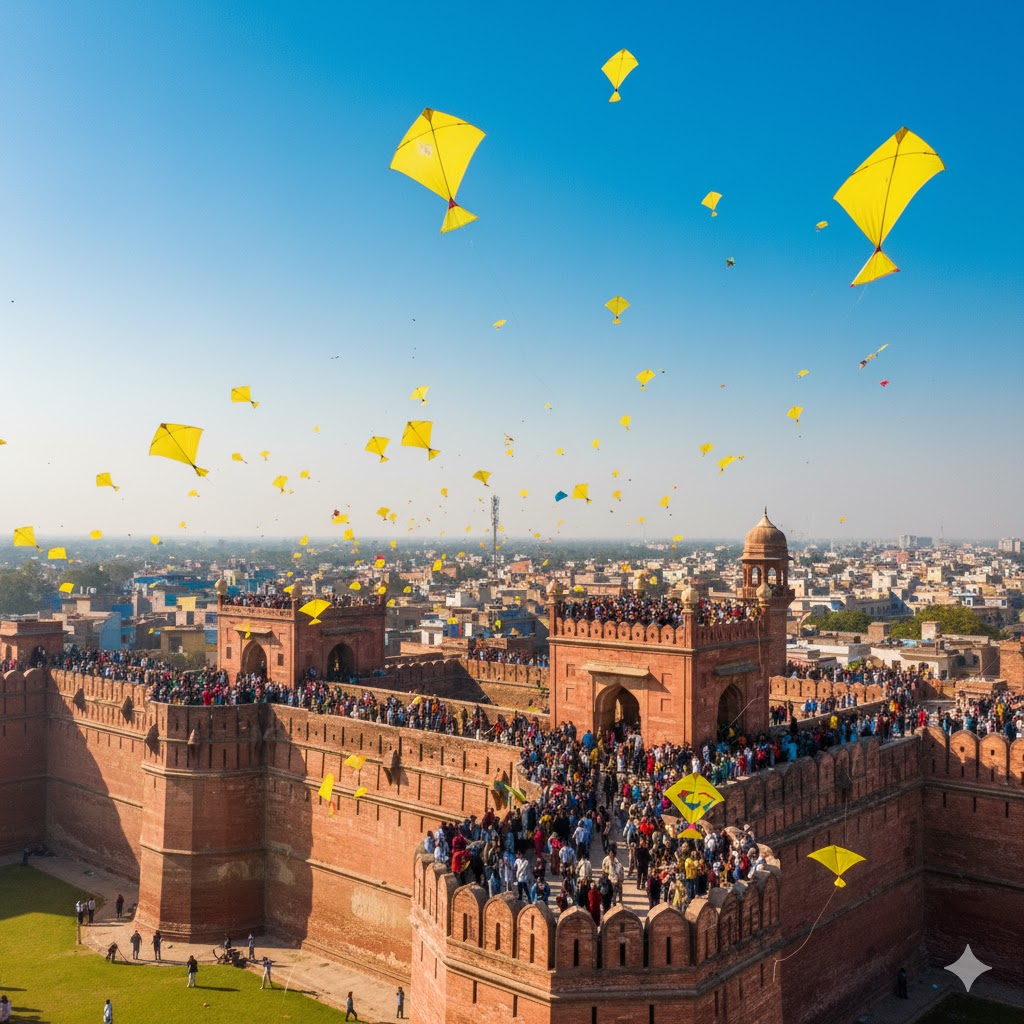
3.2 Mela Chiraghan — The Festival of Lights, Lahore
Held near Shalimar Gardens, this festival honors Shah Hussain, a 16th-century Punjabi Sufi poet. Devotees light candles, offer prayers, and dance to mystical music late into the night.
The event is often compared to Basant for its energy, but it focuses more on spiritual illumination than color or competition.
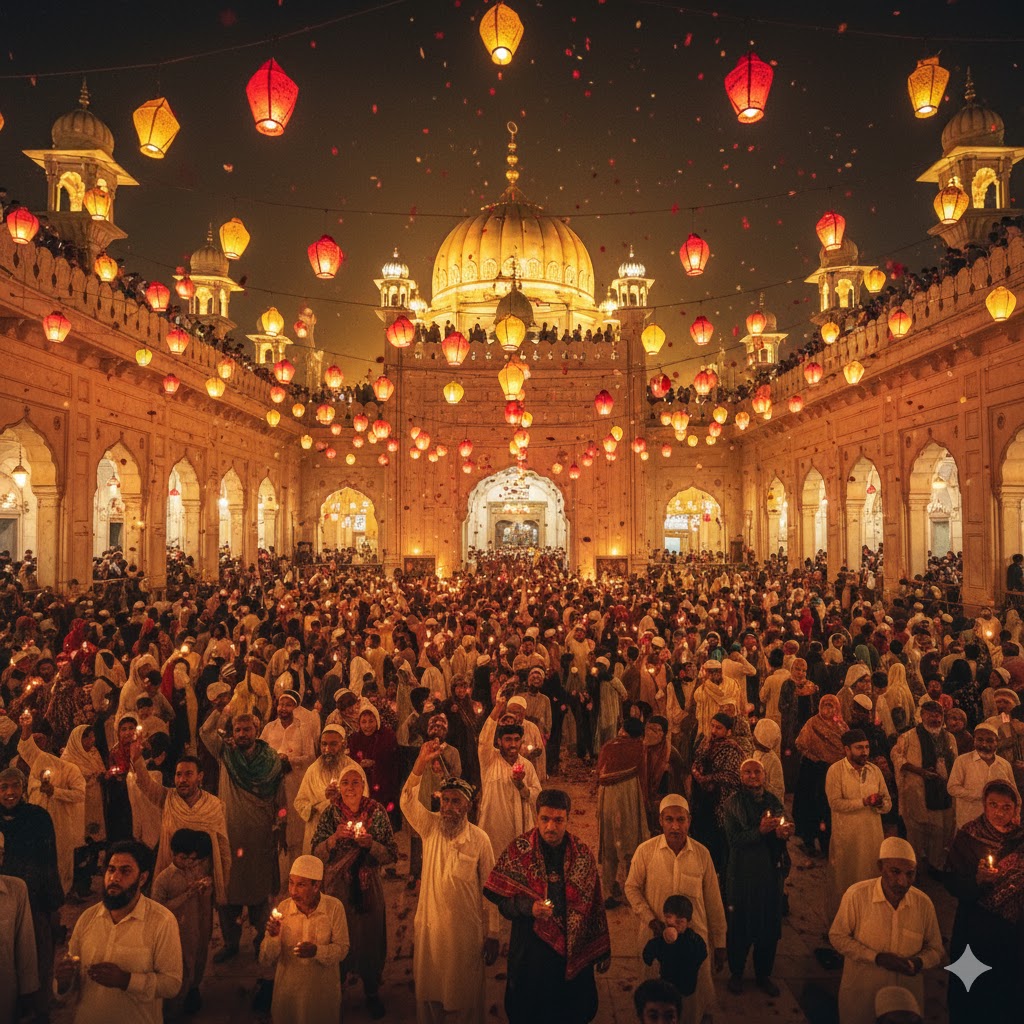
3.3 Cholistan Desert Jeep Rally, Bahawalpur
An annual celebration of endurance and heritage, the TDCP Cholistan Desert Jeep Rally blends adventure with culture. Beyond racing, the festival hosts folk music, camel dances, and craft bazaars under the stars.
Traveler’s Tip: Camp near Derawar Fort during the event to witness a spectacular night show of lanterns and Sufi qawwalis.
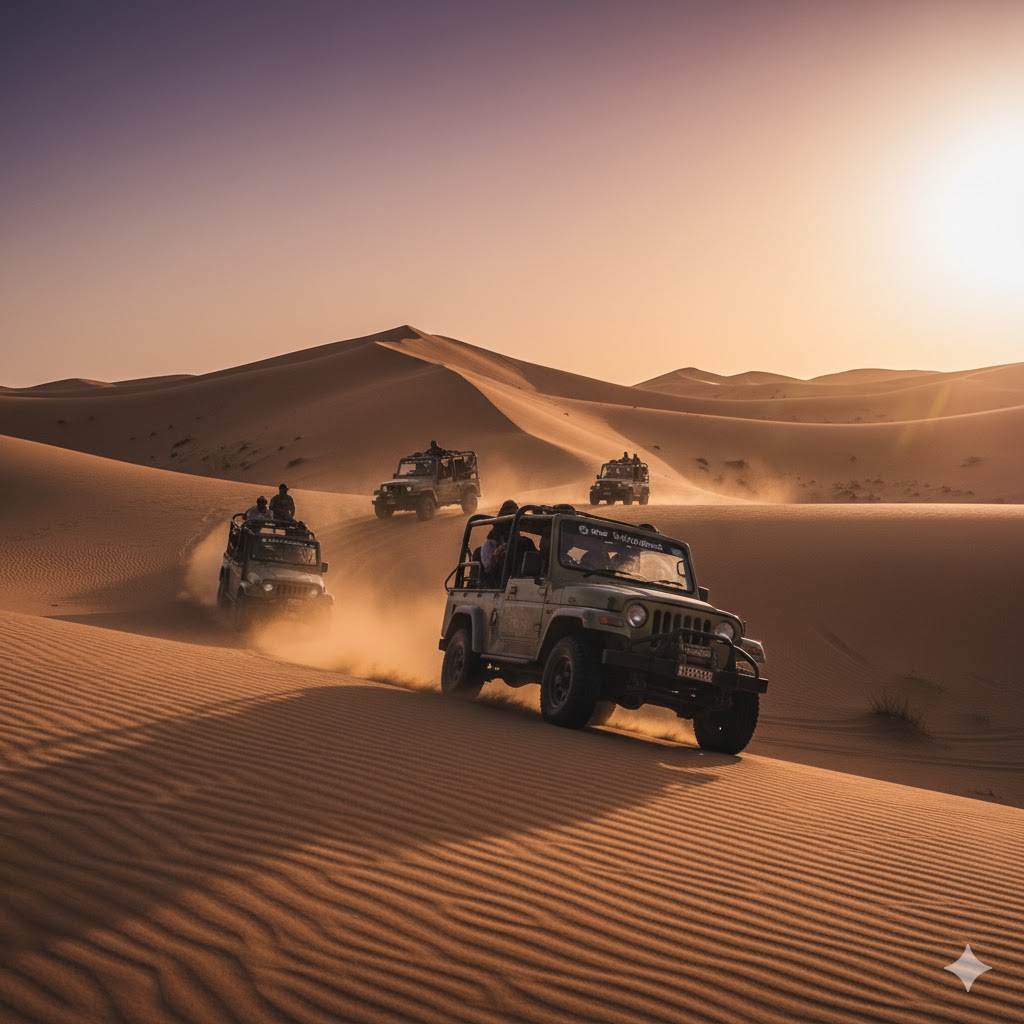
4. Khyber Pakhtunkhwa — The Land of Valleys, Voices, and Vibrant Faiths
4.1 Kalash Festivals — Echoes of the Lost Civilization
Hidden in the remote Kalash Valleys of Chitral, the Kalash people celebrate three major festivals — each marking the change of seasons and symbolizing their ancient animist faith.
- Chilimjusht (May): Welcomes spring with flowers, music, and dance.
- Uchal (August): Celebrates harvest season and thanksgiving.
- Chaumos (December): The winter solstice festival — most sacred, with rituals around fire and wine.
During these festivals, villagers wear hand-beaded headgear, dance around bonfires, and sing hymns in their native Kalasha tongue — a heritage recognized by UNESCO as intangible cultural heritage.
Traveler’s Tip: Always seek local permission before entering sacred areas or taking photos. Respect traditional dress codes and customs.
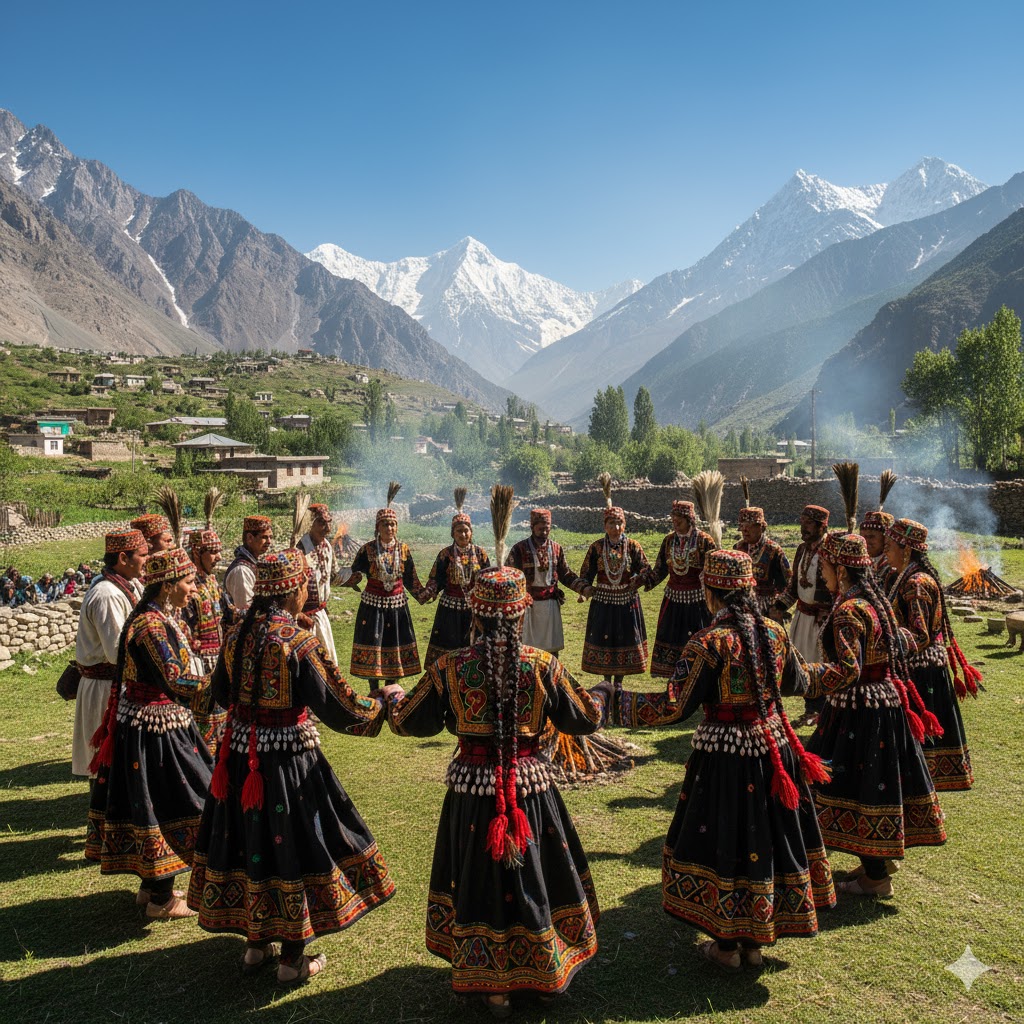
4.2 Shandur Polo Festival — The Roof of the World
Every July, the world’s highest polo ground at Shandur Pass (12,000 ft) transforms into a thrilling cultural spectacle. The Shandur Polo Festival celebrates not only the traditional freestyle polo matches between Chitral and Gilgit teams, but also folk music, dances, and tent villages overlooking icy lakes.
The festival’s motto, “Let other people play at other things; the king of games is still the game of kings,” encapsulates centuries of Himalayan spirit.
Traveler’s Tip: Bring warm layers, sunscreen, and altitude medicine. Book tents or lodges in Mastuj or Gupis weeks in advance.
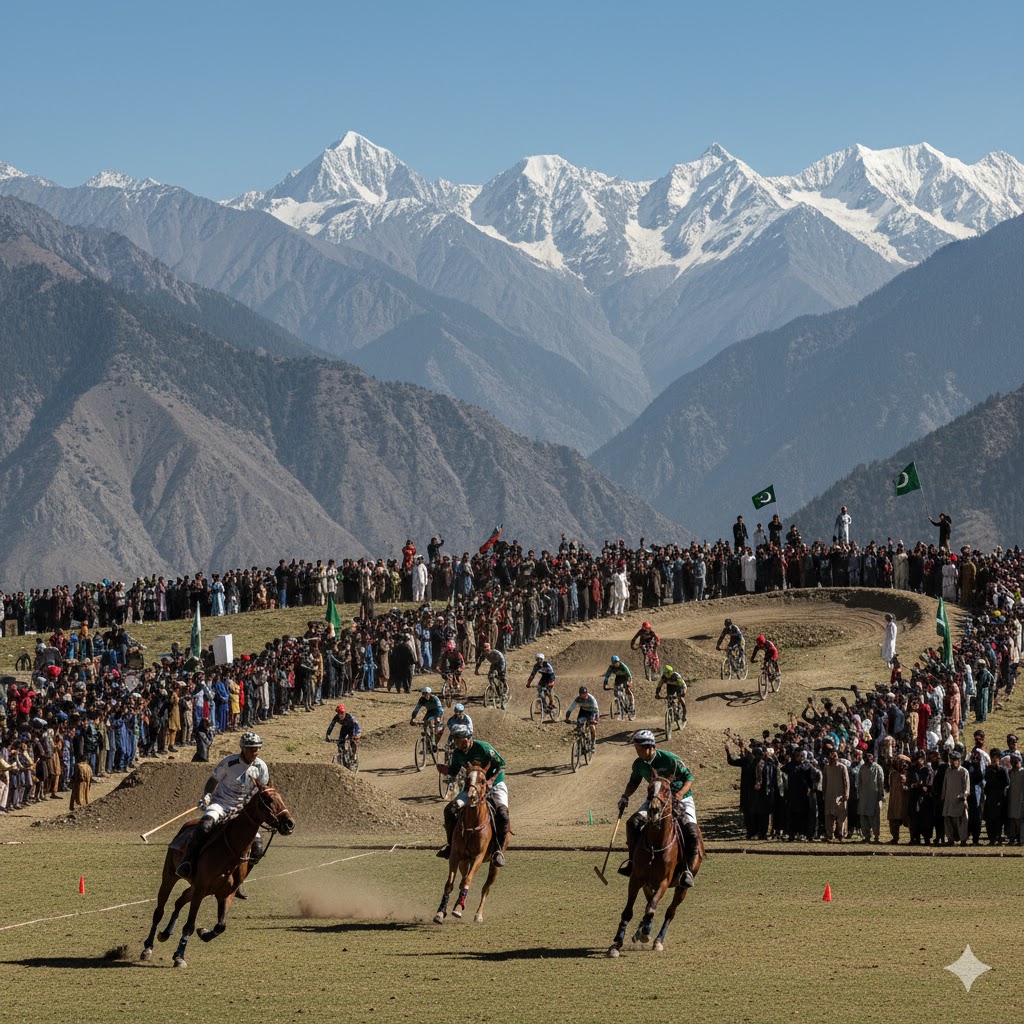
4.3 Swat Cultural Festival — Reviving the Valley of Peace
After decades of turbulence, the Swat Cultural Festival celebrates peace, heritage, and tourism in the “Switzerland of the East.” The event includes folk music, crafts exhibitions, traditional food stalls, and Buddhist heritage tours in Mingora and Saidu Sharif.
Organized by the Khyber Pakhtunkhwa Tourism Department, it promotes local artisans, from woodcarvers to jewelry makers, reviving Swat’s ancient Gandhara legacy.
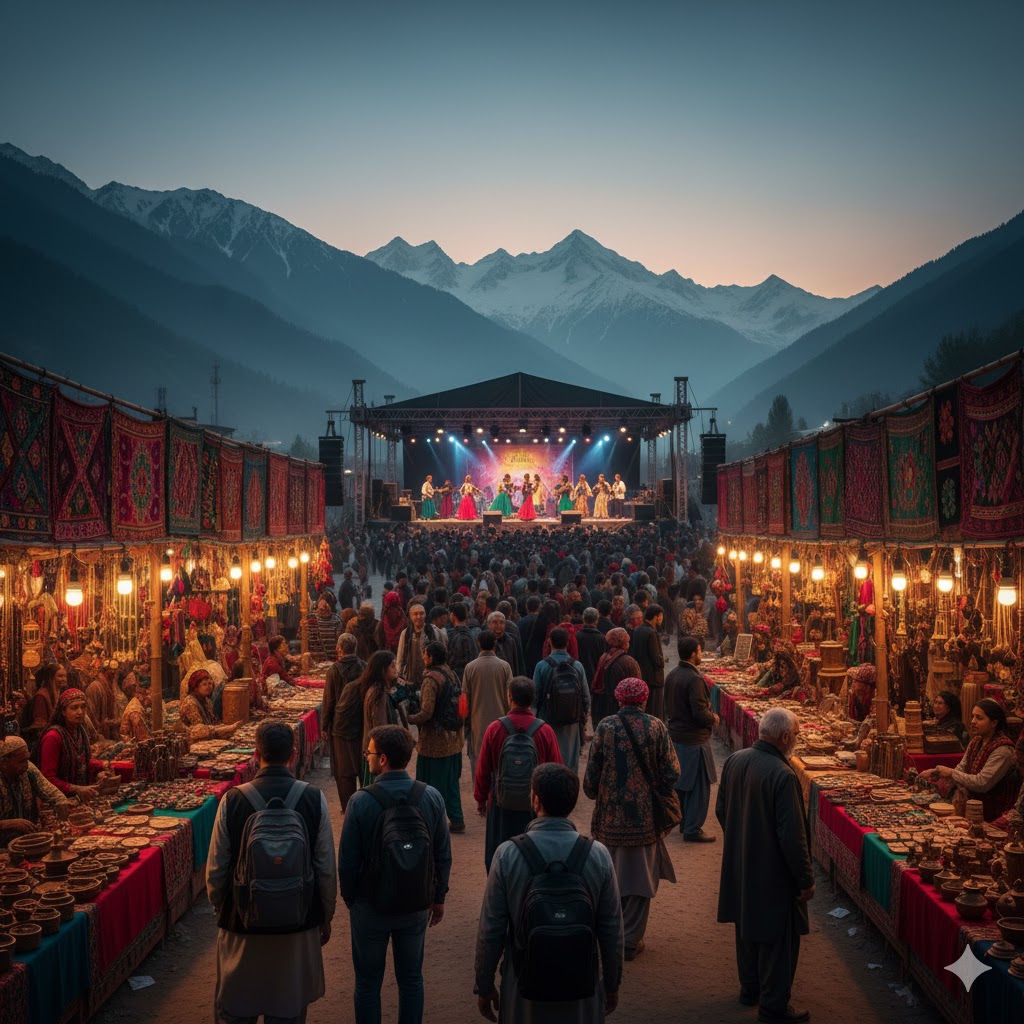
4.4 Jashn-e-Swat — Festival of Blossoms
Held each spring, this festival marks the blooming of fruit orchards and cherry blossoms across the valley. Locals celebrate with cultural floats, music, and sports tournaments, turning Swat into a sea of color.
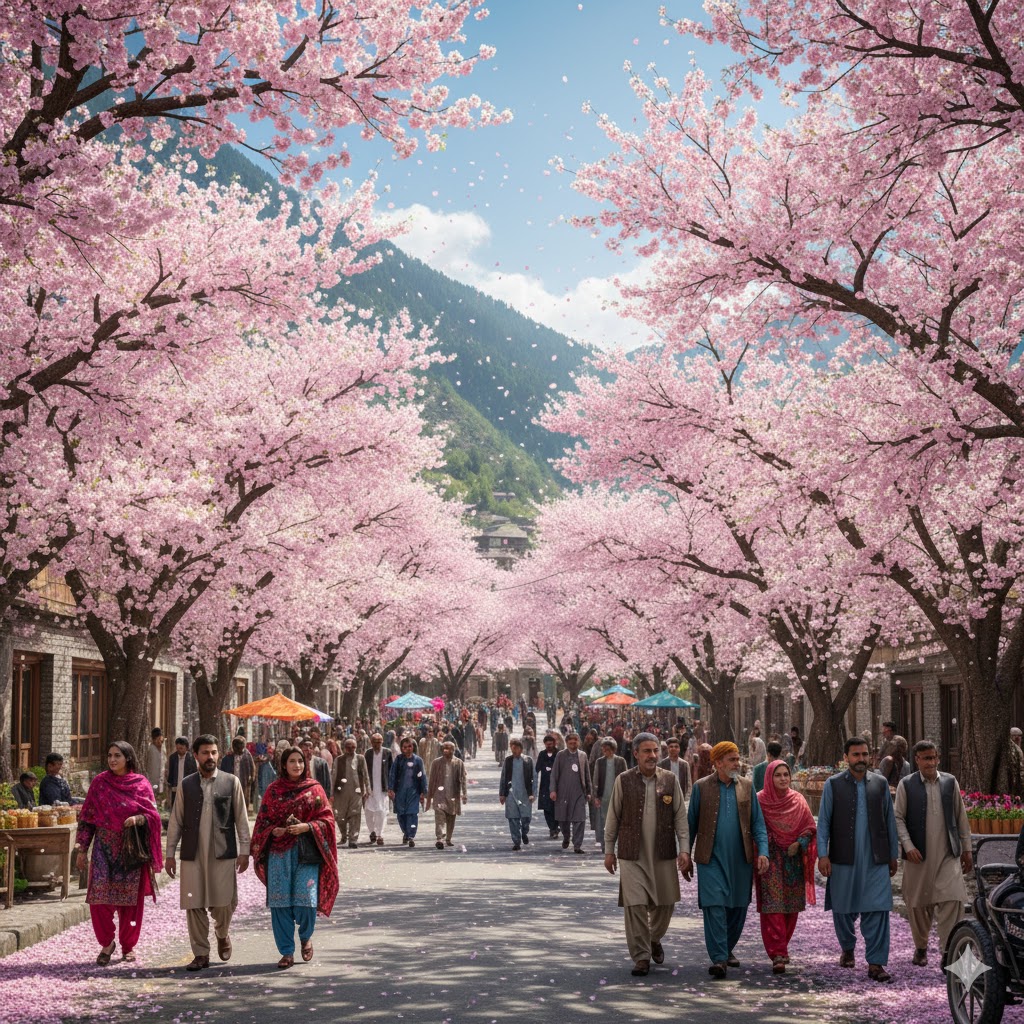
🏜️ 5. Balochistan — Desert Soul & Nomadic Spirit
5.1 Sibi Mela — The Pride of Balochistan
Dating back to 1885, the Sibi Mela is one of Pakistan’s oldest cultural and livestock festivals. It features camel and horse parades, folk dances, tribal music, and handicraft exhibitions that reflect Baloch hospitality and warrior tradition.
Visitors experience the essence of nomadic culture, where traders, farmers, and musicians converge to celebrate heritage and prosperity.
Traveler’s Tip: Visit the Sibi Fort and nearby archaeological ruins of Mehrgarh for an extended heritage route.
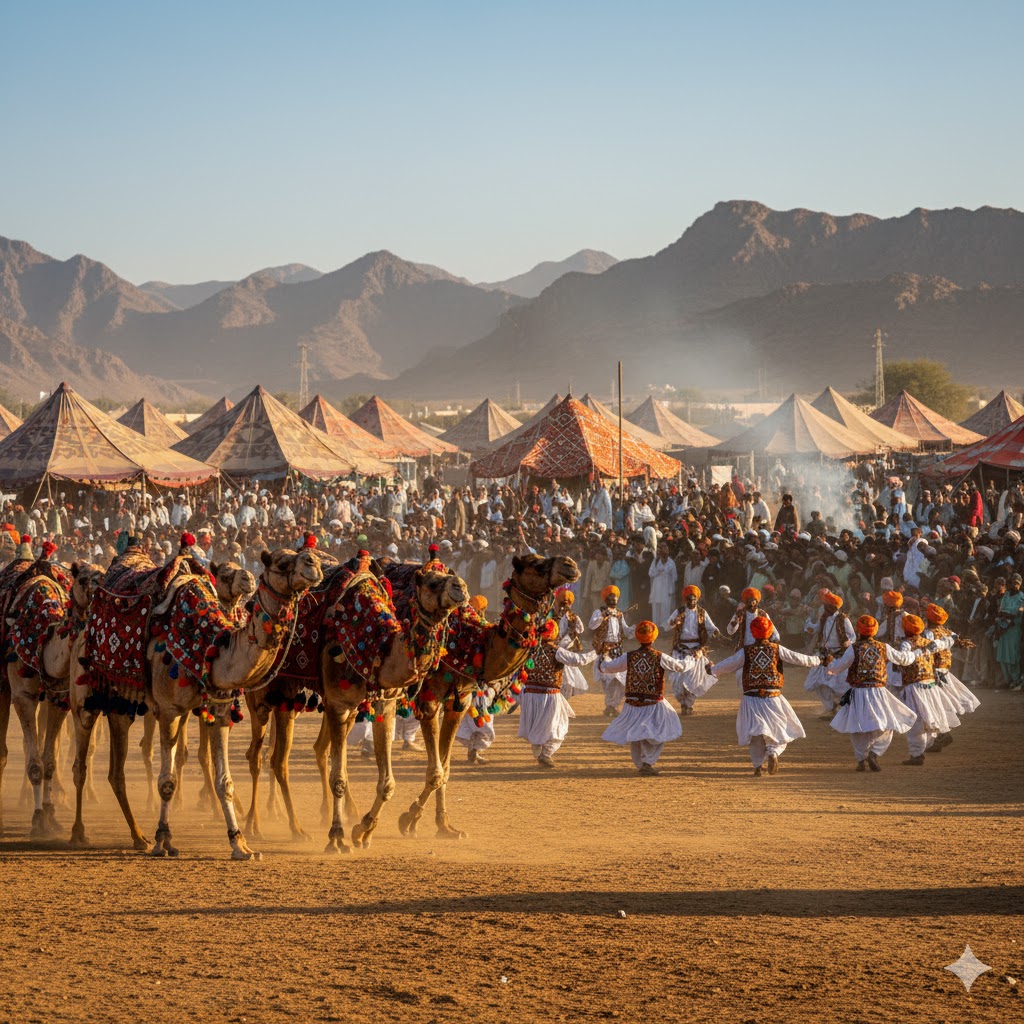
5.2 Mela Eid-e-Nauroz, Quetta
In Quetta, the arrival of spring is marked by the Eid-e-Nauroz Mela, celebrated by Hazara and Persian communities. The event showcases Persian-inspired cultural dances, floral decorations, and poetry recitations.
It’s a blend of Zoroastrian, Persian, and local Baloch influences, symbolizing renewal and unity across communities.
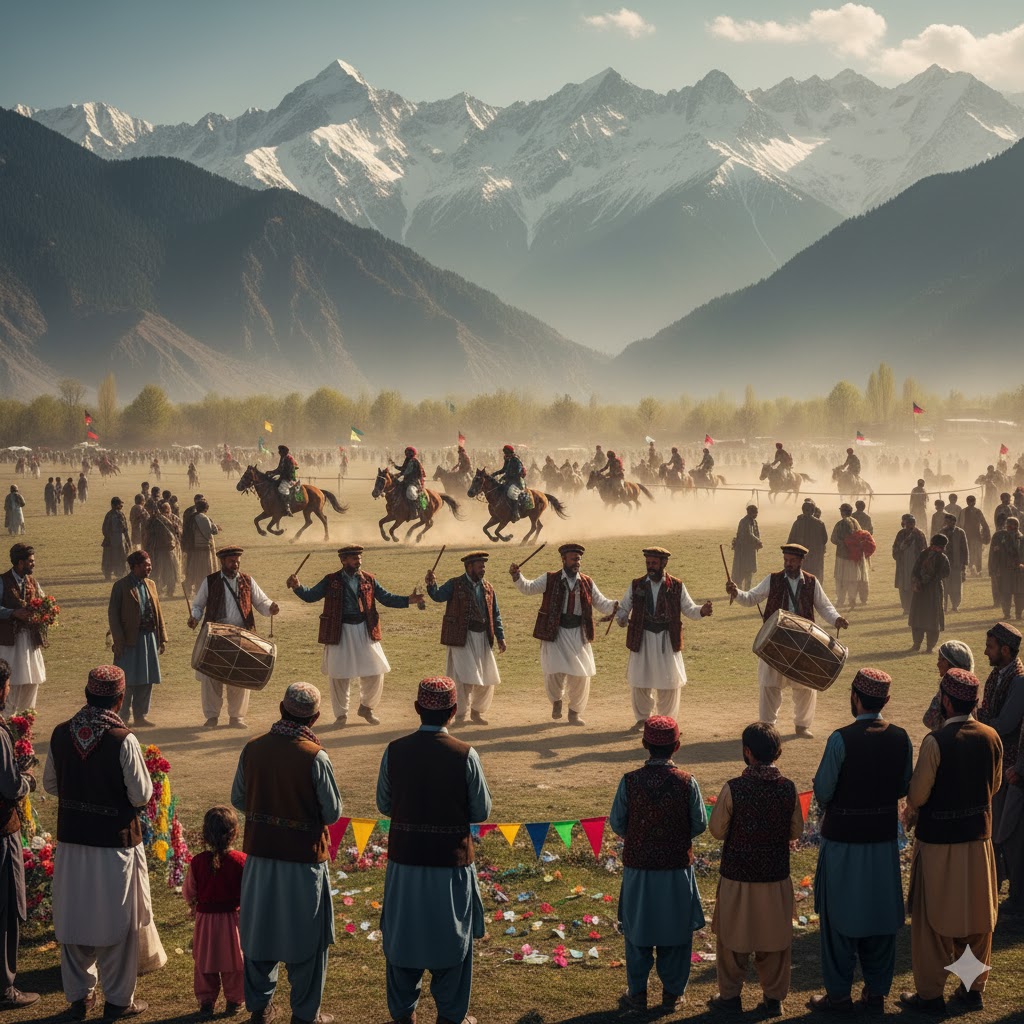
5.3 Gwadar Cultural Festival
The Gwadar Cultural Festival celebrates the port city’s coastal and cultural identity. Fishermen’s regattas, Balochi dances, seafood exhibitions, and local fashion shows highlight the fusion of sea and sand culture.
This growing festival aims to promote tourism, marine heritage, and crafts like Balochi embroidery and jewelry.
Traveler’s Tip: Stay near Gwadar Port or Marine Drive for beautiful seaside photography.
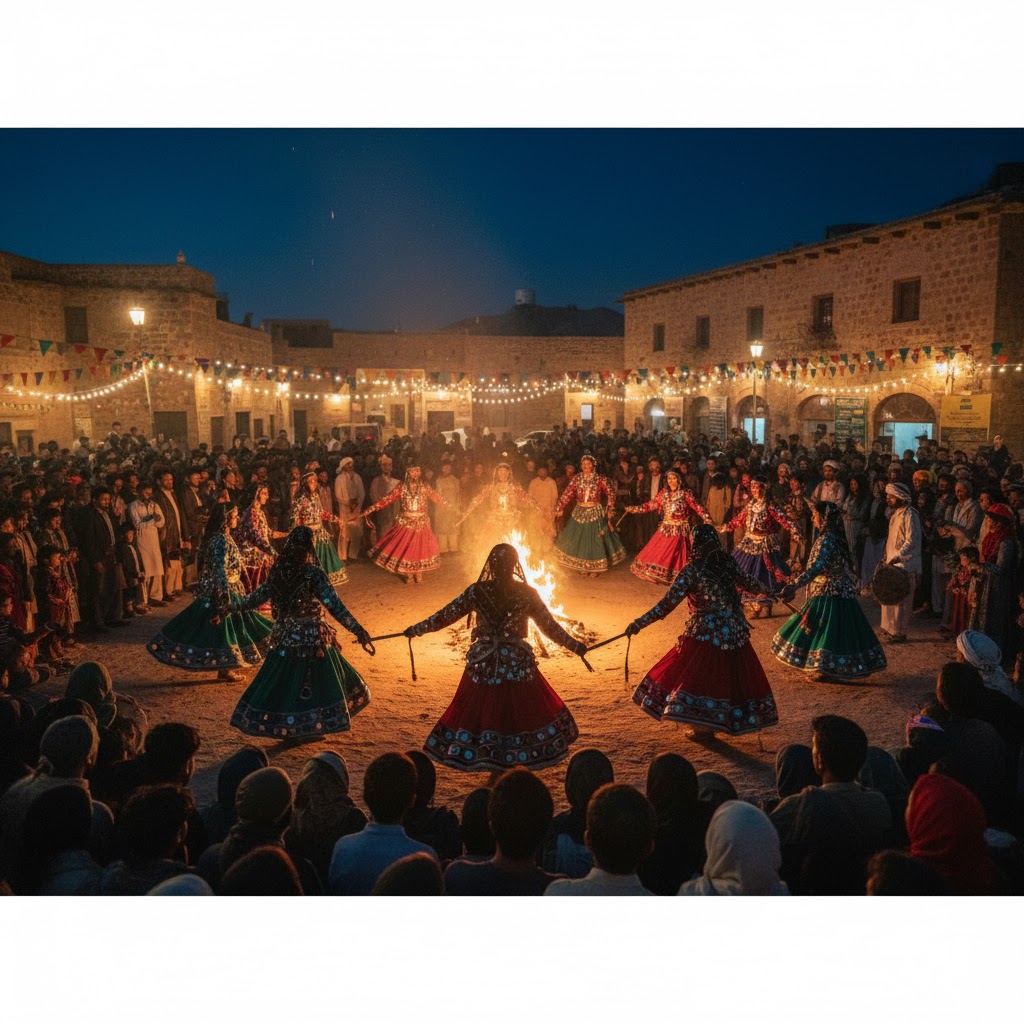
❄️ 6. Gilgit-Baltistan — The Kingdom of Peaks and Traditions
6.1 Jashn-e-Baharan (Spring Festival)
As winter fades, the valleys of Hunza, Skardu, and Gilgit burst into life with Jashn-e-Baharan — the “Festival of Blossoms.” The event celebrates nature’s rebirth with polo, tug-of-war, folk songs, and traditional Hunza cuisine.
Travelers are treated to scenes of almond and apricot trees in full bloom, symbolizing peace and renewal.
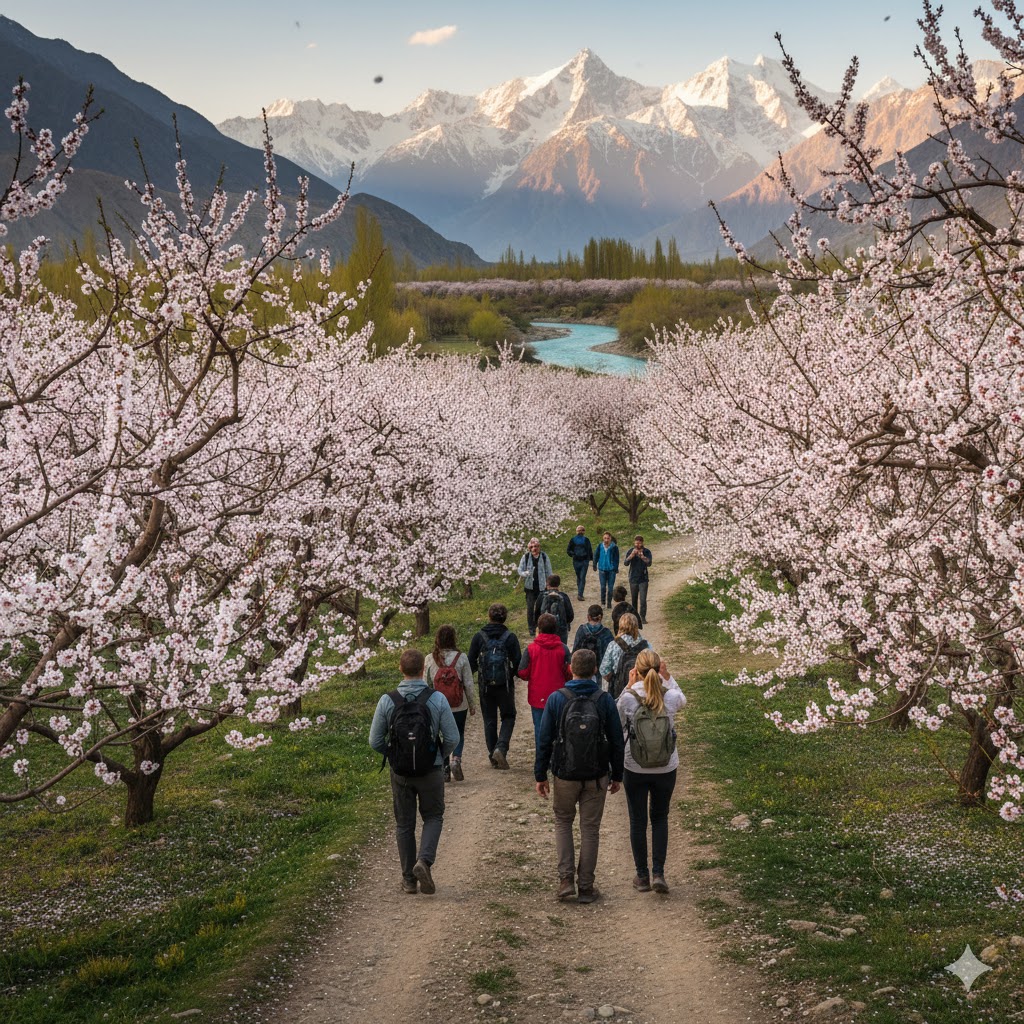
6.2 Baba Ghundi Festival, Chipurson Valley
Held in honor of the saint Baba Ghundi, this festival unites communities of Upper Hunza. It includes horse polo, yak races, and folk performances, honoring the saint who spread peace in the region.
Traveler’s Tip: Combine this visit with a trek to Misgar Valley for breathtaking mountain views and cultural immersion.
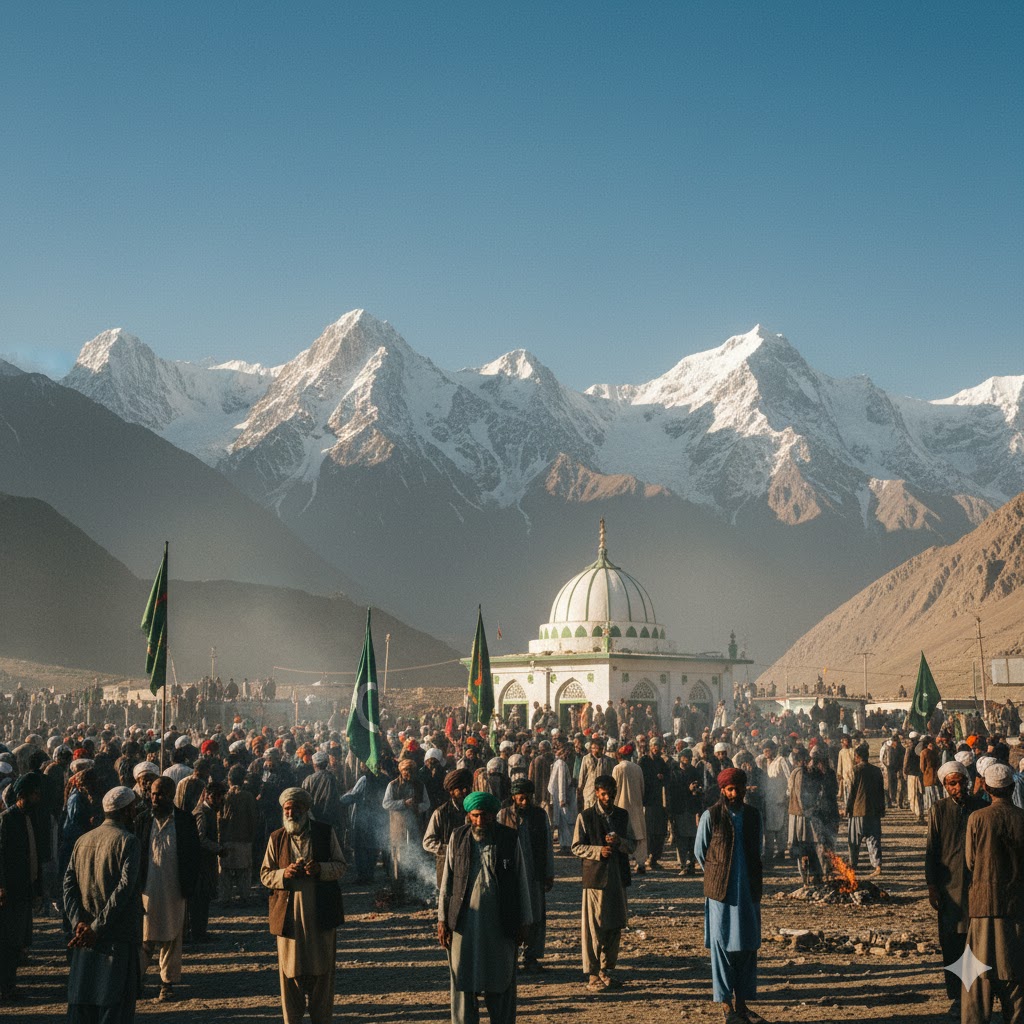
6.3 Nowruz — The Festival of New Beginnings
Celebrated across Gilgit-Baltistan and Chitral, Nowruz marks the Persian New Year. Families clean their homes, prepare special dishes, and visit neighbors to exchange blessings. In Baltistan, people cook “Khurba” and decorate homes with fresh flowers and lamps.
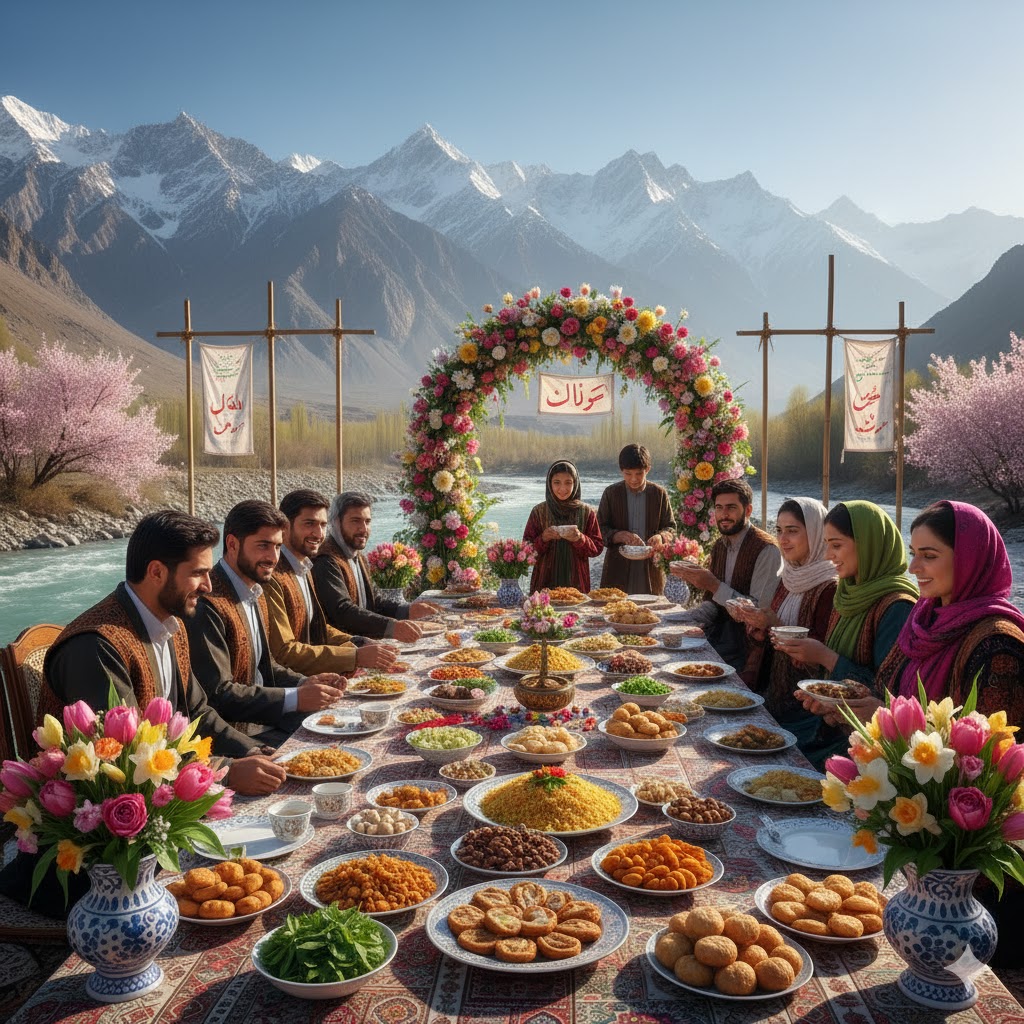
7. Azad Jammu & Kashmir — Valleys of Harmony and Spiritual Legacy
7.1 Urs of Shah Ghulam Ali Qadri, Muzaffarabad
In the serene valleys of Muzaffarabad, this annual Urs (spiritual gathering) attracts thousands of devotees who pay homage to Shah Ghulam Ali Qadri, a revered Sufi saint. The event features qawwali performances, charity food (langar), and candlelight prayers — echoing peace and brotherhood.
The surrounding Neelum River and Pir Chinasi Hill offer scenic serenity for visitors, creating a unique blend of spiritual and natural beauty.
Traveler’s Tip: Attend evening prayers or qawwali sessions — they reflect centuries-old Sufi harmony in the Himalayan foothills.
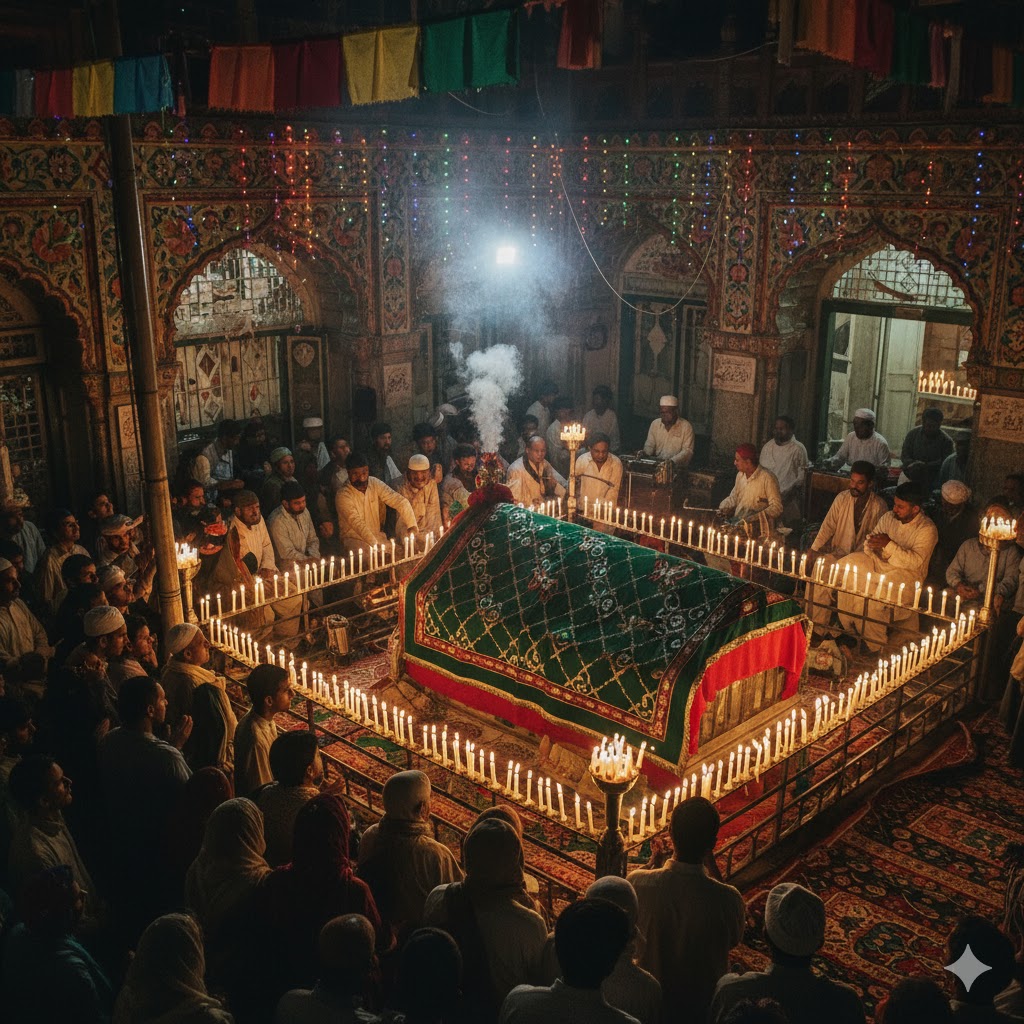
7.2 Jashn-e-Neelum — Valley of Colors Festival
Every summer, Neelum Valley transforms into a vibrant stage for Jashn-e-Neelum, celebrating Kashmiri culture, handicrafts, and music. From folk dances to trout food stalls, it’s a perfect family festival surrounded by alpine meadows and waterfalls.
Organized by AJK Tourism Department, this event aims to promote eco-tourism and cultural exchange between local artisans and national visitors.
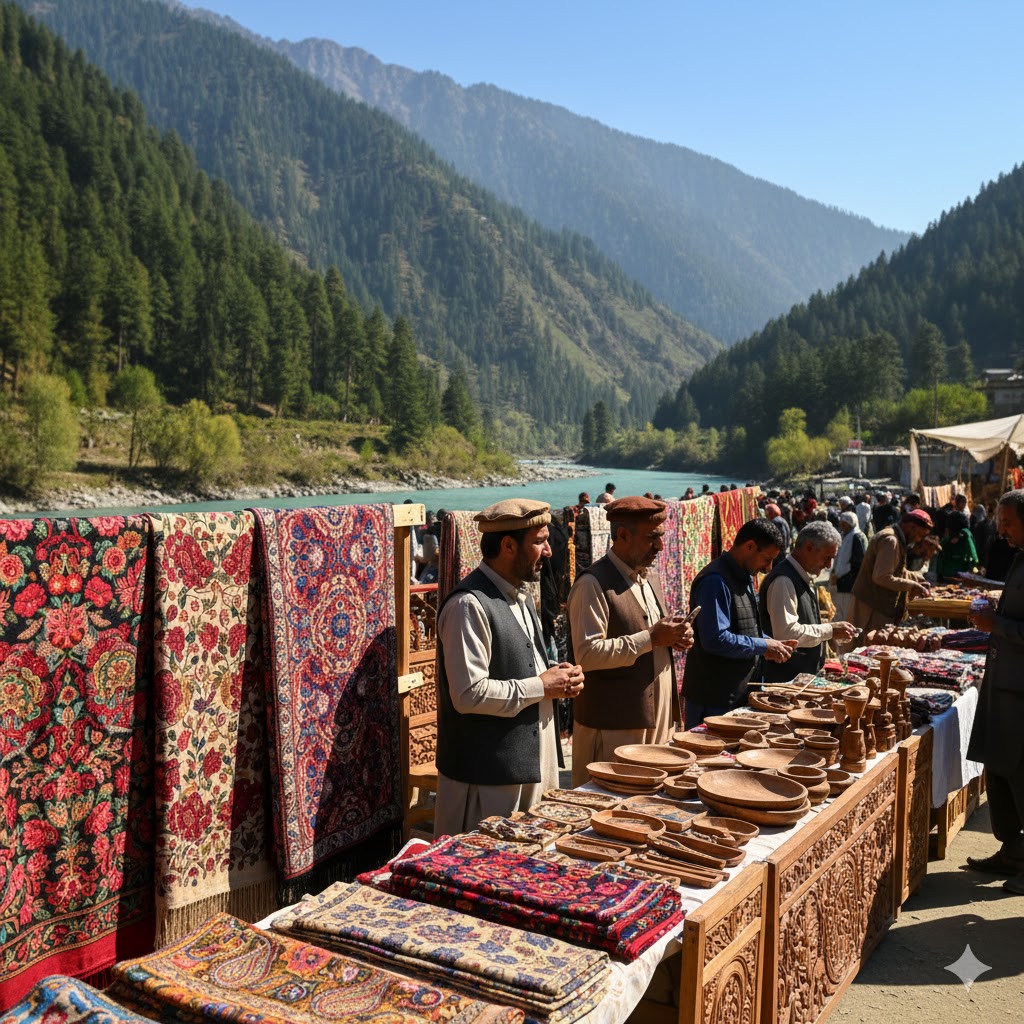
7.3 Leepa Cultural Festival
Held in the mesmerizing Leepa Valley, this annual event features archery contests, local cuisine competitions, and music nights. It’s a rare opportunity for visitors to witness rural Kashmiri traditions untouched by modern tourism.
Traveler’s Tip: Book guesthouses in Reshian or Hattian Bala early; access roads can be affected by snow in early spring.
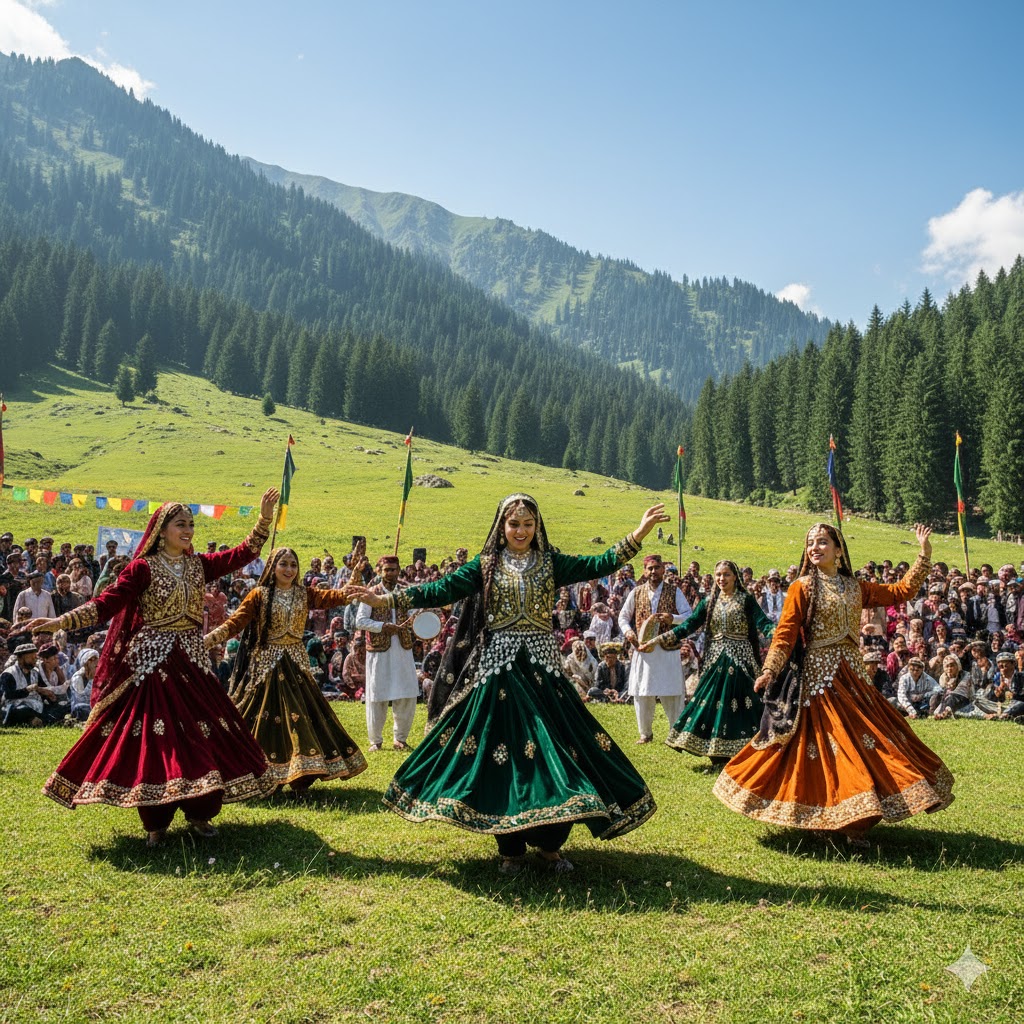
8. National & Pan-Pakistan Cultural Festivals
8.1 Pakistan Day Parade (March 23rd)
One of the most anticipated events in the national calendar, the Pakistan Day Parade at Shakarparian, Islamabad commemorates the Lahore Resolution of 1940. It’s a grand display of military unity, cultural pride, and national identity, with regional floats representing each province.
Foreign diplomats, tourists, and locals gather to witness the colorful formations and air shows by the Pakistan Air Force.
Traveler’s Tip: Get tickets early through the ISPR online portal; arrive by 7 a.m. to secure good seats.
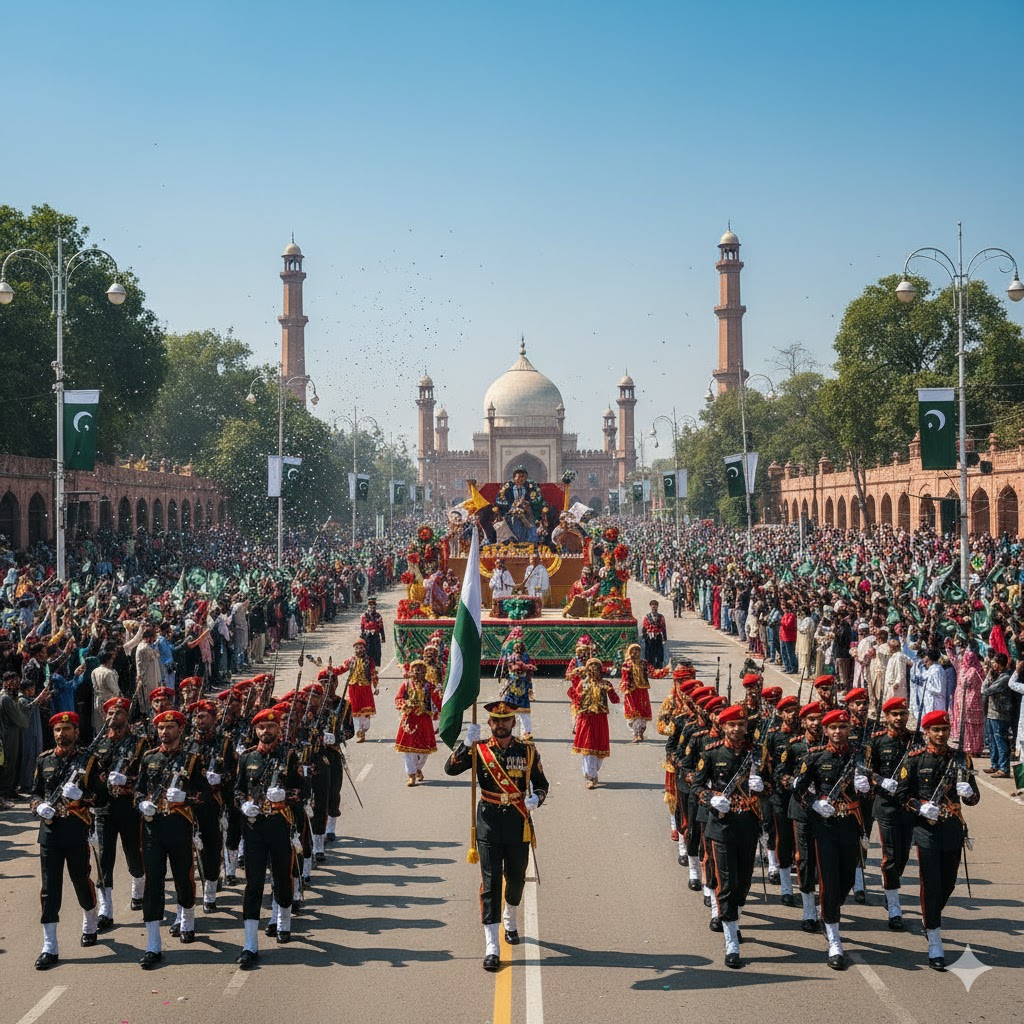
8.2 Lok Mela — Pakistan’s National Folk Festival
Organized annually by Lok Virsa (National Institute of Folk & Traditional Heritage) in Islamabad, Lok Mela is the largest folk and craft festival in Pakistan. It gathers artisans, musicians, and chefs from all provinces, showcasing the country’s ethnic diversity and craftsmanship.
From Sindhi ajrak stalls to Hunza apricot jams, every booth tells a story of cultural pride. The evenings feature live music and dance performances, symbolizing Pakistan’s living traditions.
Traveler’s Tip: Perfect time to buy authentic crafts directly from artisans and enjoy live performances from all provinces.
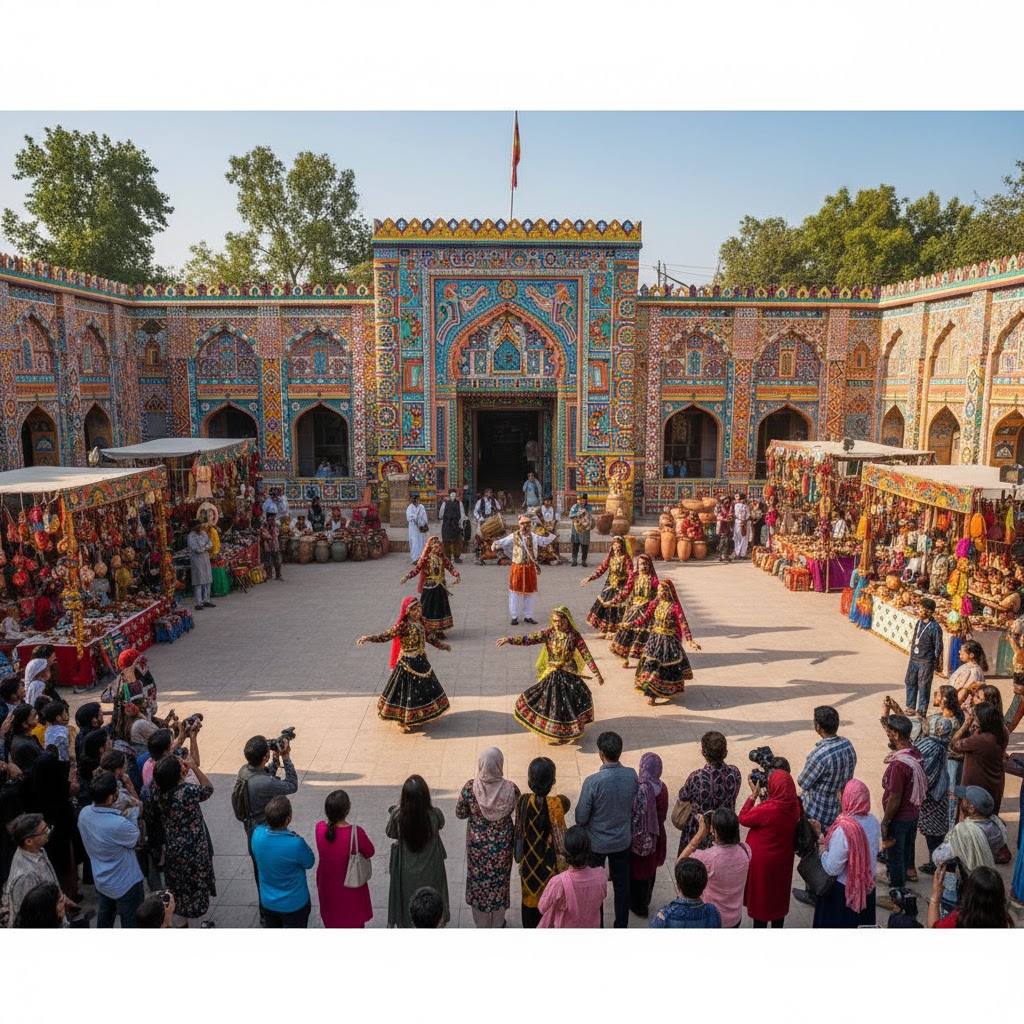
8.3 Independence Day Celebrations (August 14th)
Across Pakistan, the 14th of August brings streets alive with flags, lights, and national songs. In Lahore, Minar-e-Pakistan hosts fireworks and patriotic concerts; in Karachi, Clifton Beach fills with families waving green and white.
Local schools, offices, and cities organize special events celebrating unity, progress, and the legacy of Quaid-e-Azam Muhammad Ali Jinnah.
Traveler’s Tip: Visit Islamabad’s Constitution Avenue at night to see government buildings beautifully illuminated.
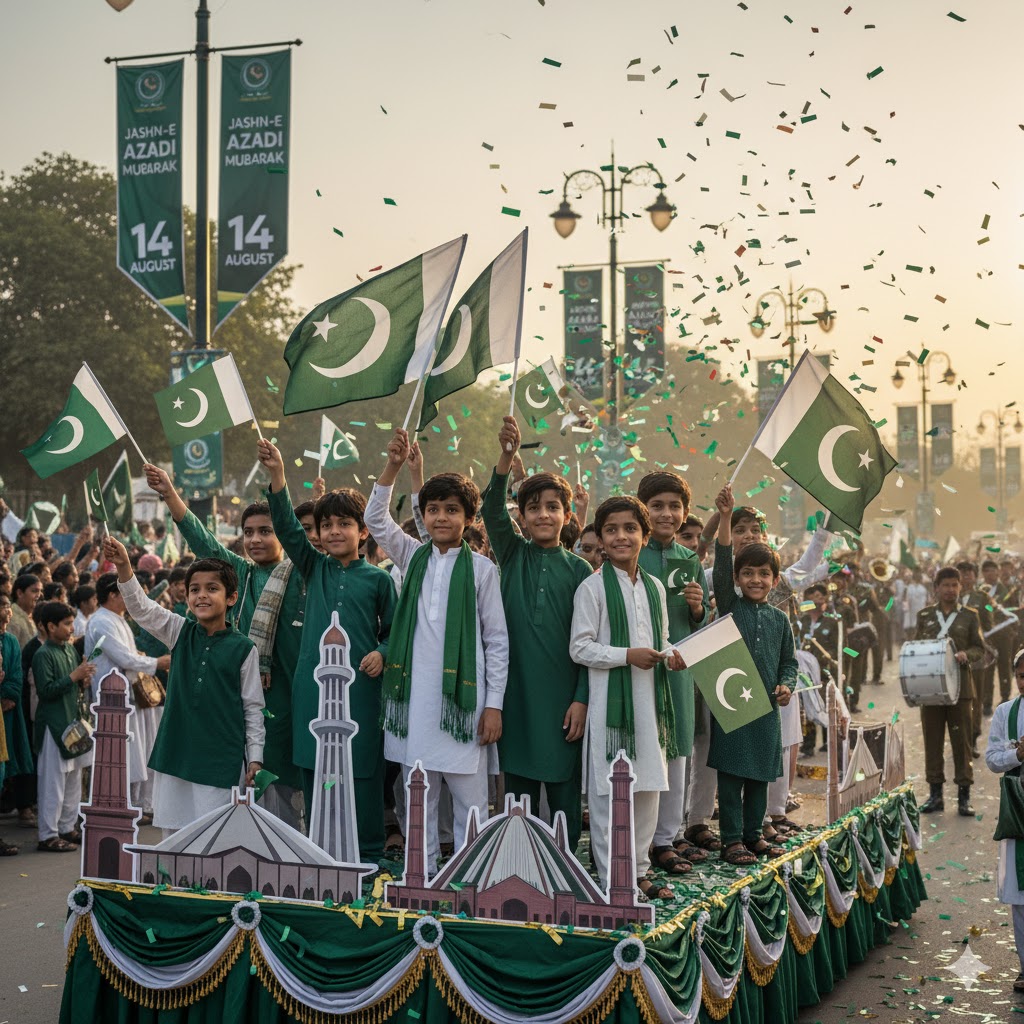
8.4 Quaid-e-Azam Day (December 25th)
Celebrated nationwide, Quaid-e-Azam Day honors the birth anniversary of Pakistan’s founder. Ceremonies at Mazar-e-Quaid, Karachi include guard changes, floral tributes, and cultural programs reflecting Jinnah’s vision of unity and equality.
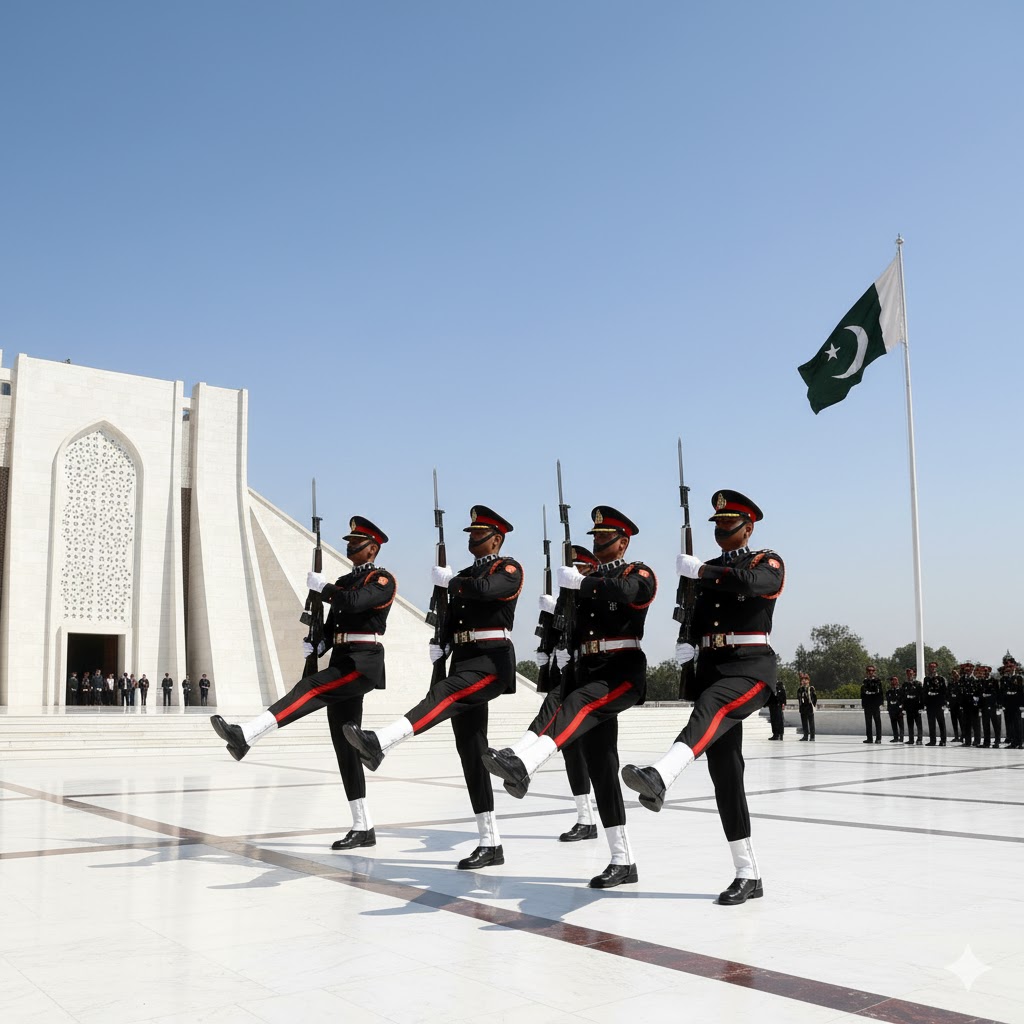
🎭 9. Modern Cultural Revival & Urban Festivals
9.1 Karachi Literature Festival
Founded in 2010, the Karachi Literature Festival (KLF) has become a hub for intellectuals, writers, and cultural enthusiasts. The three-day event celebrates Pakistani literature, film, art, and contemporary thought, fostering dialogue between generations.
Workshops, poetry sessions, and book launches attract thousands from across the region — making it South Asia’s leading cultural platform.
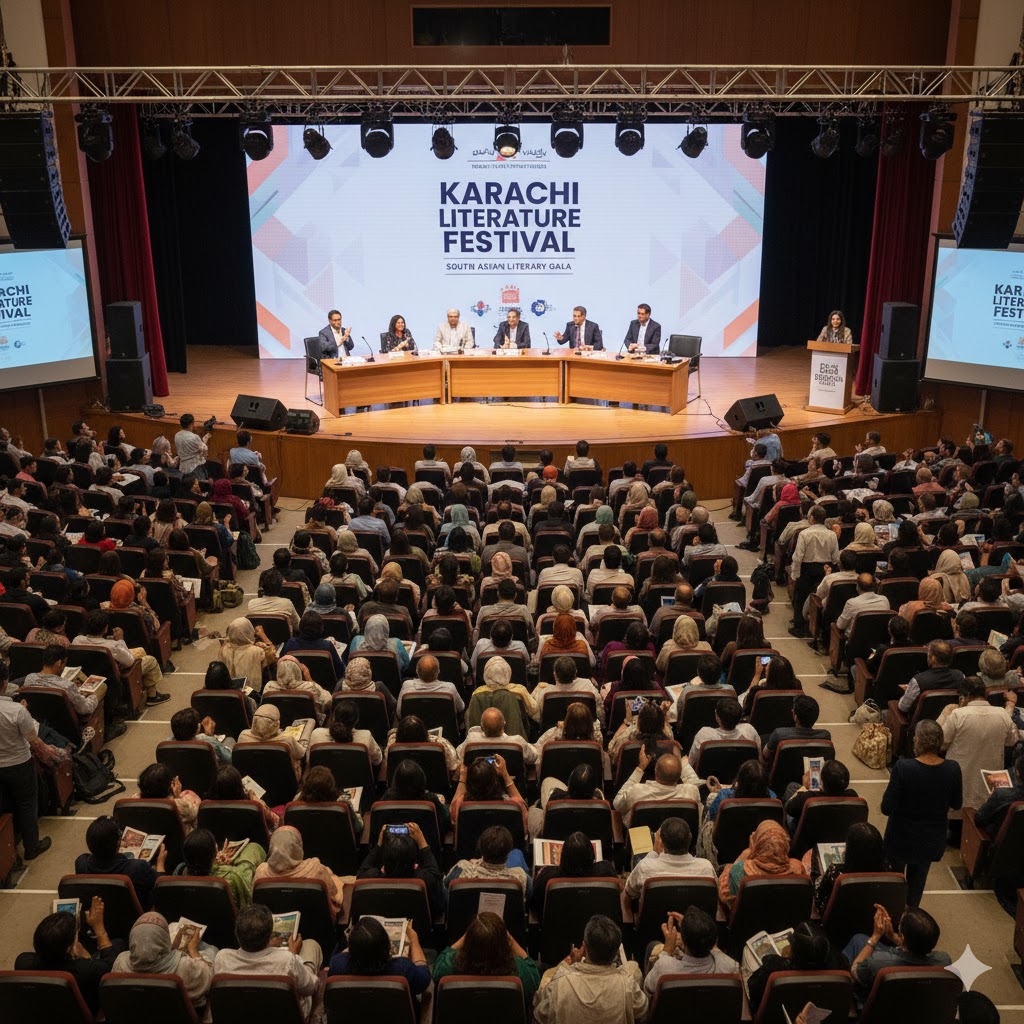
9.2 Lahore Music Meet
The Lahore Music Meet (LMM) celebrates Pakistan’s evolving soundscape. It brings together folk musicians, underground bands, and classical maestros, creating a fusion of heritage and innovation.
Held annually at Alhamra Arts Council, it symbolizes Lahore’s title as the cultural heart of Pakistan.
Traveler’s Tip: Check event dates early — tickets often sell out within days.
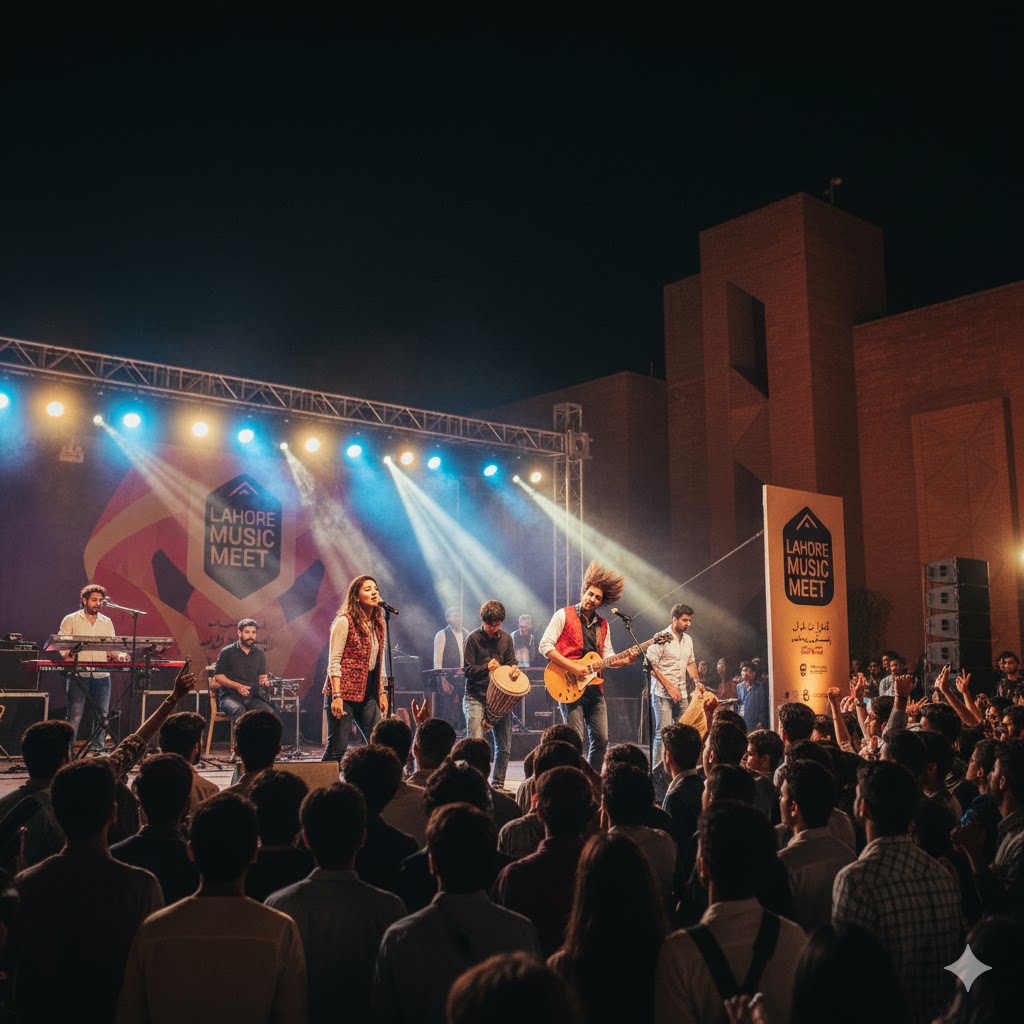
9.3 Islamabad Literature Festival & Art Week
Held at PNCA and Serena Hotel, these back-to-back cultural events blend literature, film screenings, and art exhibitions. Emerging writers, painters, and filmmakers find a platform to share Pakistan’s modern identity with global audiences.
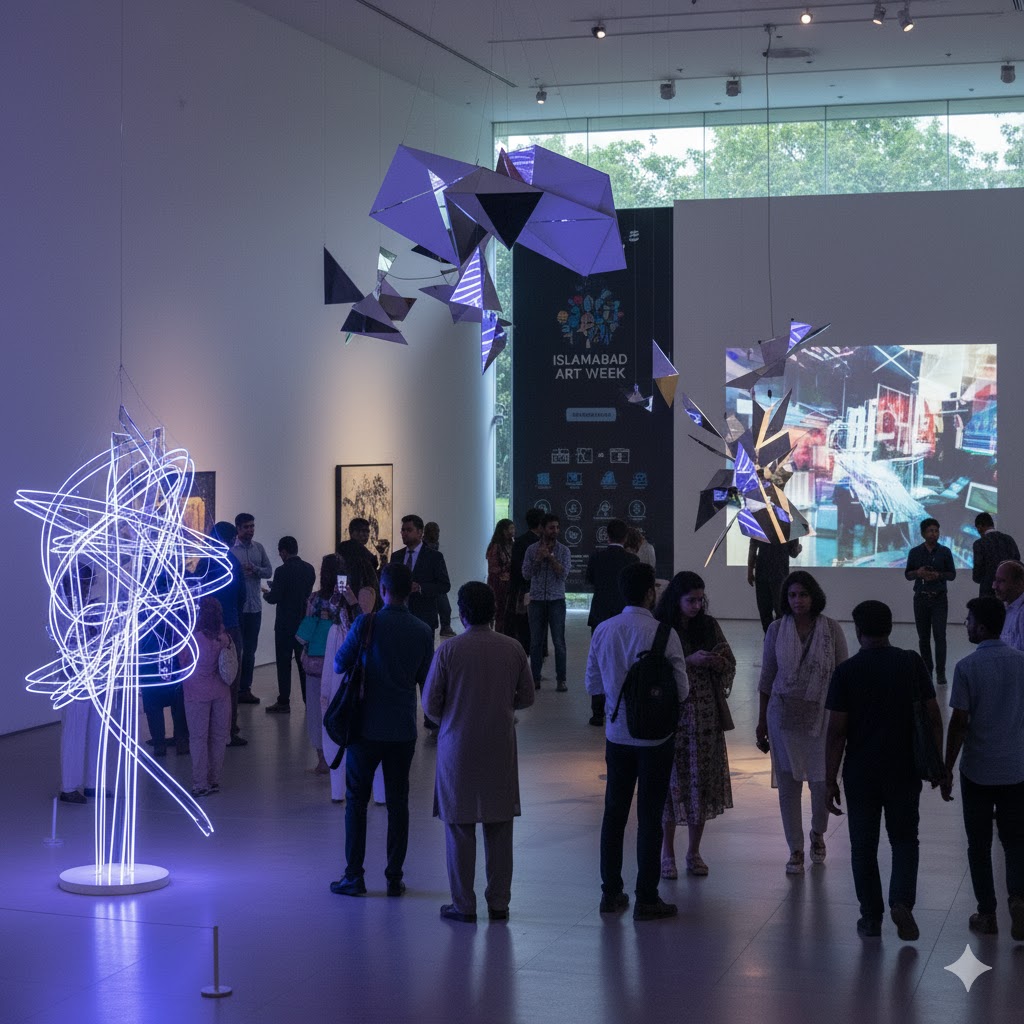
10. Culinary Festivals — The Taste of Tradition and Togetherness
10.1 Pakistan Street Food Festival (Karachi, Lahore & Islamabad)
The Pakistan Street Food Festival brings together regional flavors from across the country — from Karachi’s spicy nihari and chaat to Lahore’s seekh kebabs and Peshawar’s chapli kebabs. The event, held in major urban parks and food avenues, celebrates culinary unity through diversity.
Chefs and home-based entrepreneurs display authentic family recipes, while live qawwali and local music fill the air. It’s a must-visit for food enthusiasts seeking a sensory exploration of Pakistan’s rich cuisine.
Traveler’s Tip: Visit after 6 p.m. — the food stalls come alive under decorative lights and cultural melodies.
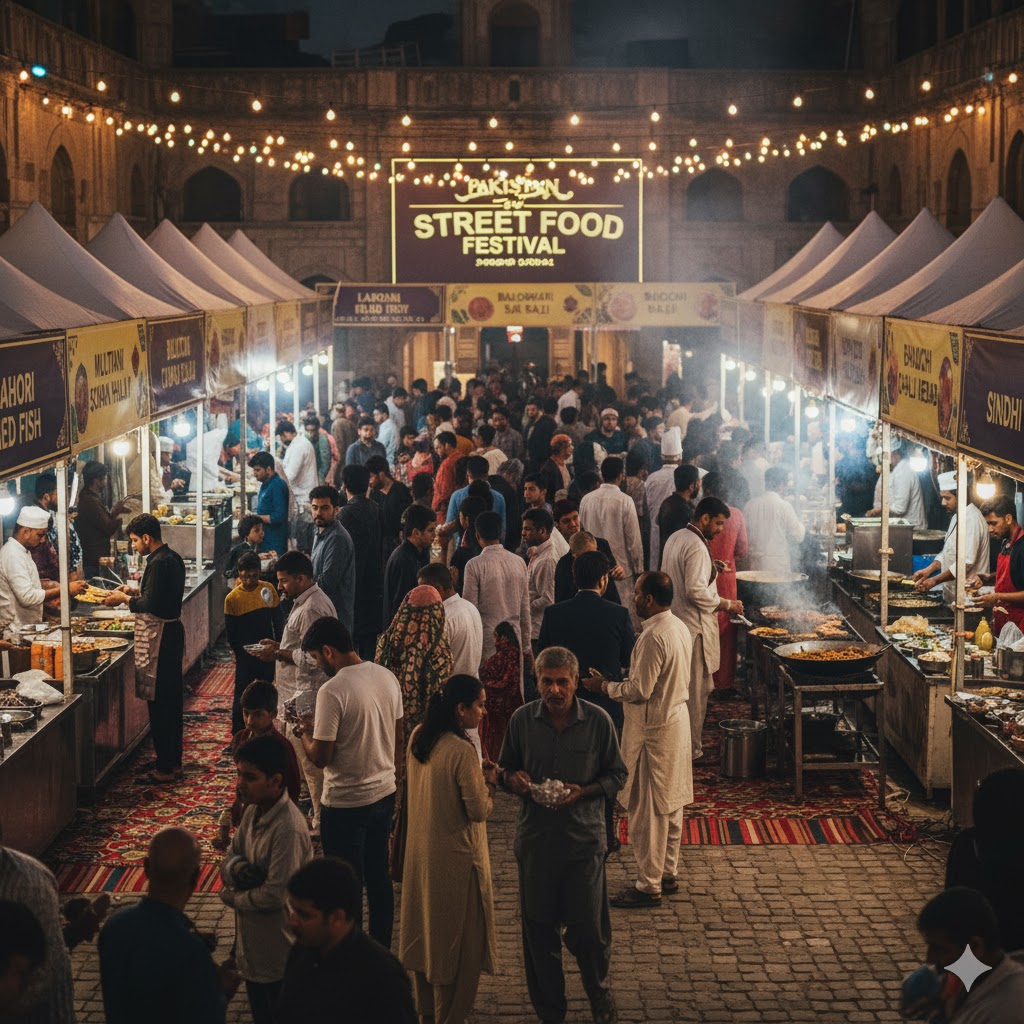
10.2 Multan Mango Festival
Every June–July, Multan — the “City of Saints and Mangoes” — hosts its famed Mango Festival, a colorful event celebrating the king of fruits. Farmers, exporters, and foodies gather to sample over 100 varieties of mangoes, including Sindhri, Anwar Ratol, and Chaunsa.
Cultural dances, truck art displays, and mango-based dessert competitions make it both educational and delightful.
Traveler’s Tip: Don’t miss the Mango Queen contest — a symbolic tribute to women in agriculture.
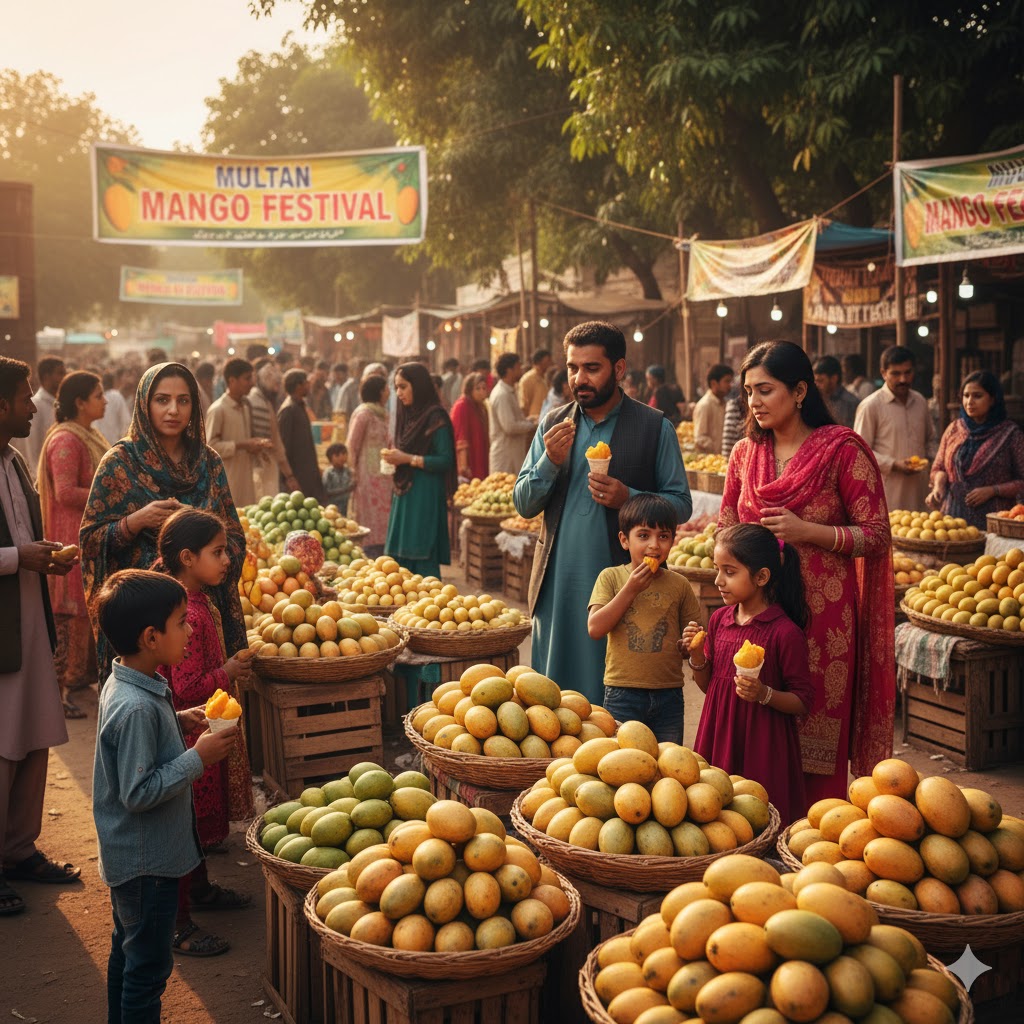
10.3 Balochi Sajji & Seafood Festival (Gwadar & Karachi)
This emerging festival celebrates the coastal and tribal cuisine of Pakistan’s south and west. Held along Gwadar Marine Drive and Karachi’s Clifton Beach, it combines grilled sajji, seafood platters, and live folk music under open skies.
Local chefs demonstrate centuries-old cooking methods over charcoal, blending Balochi and Makrani culinary traditions.
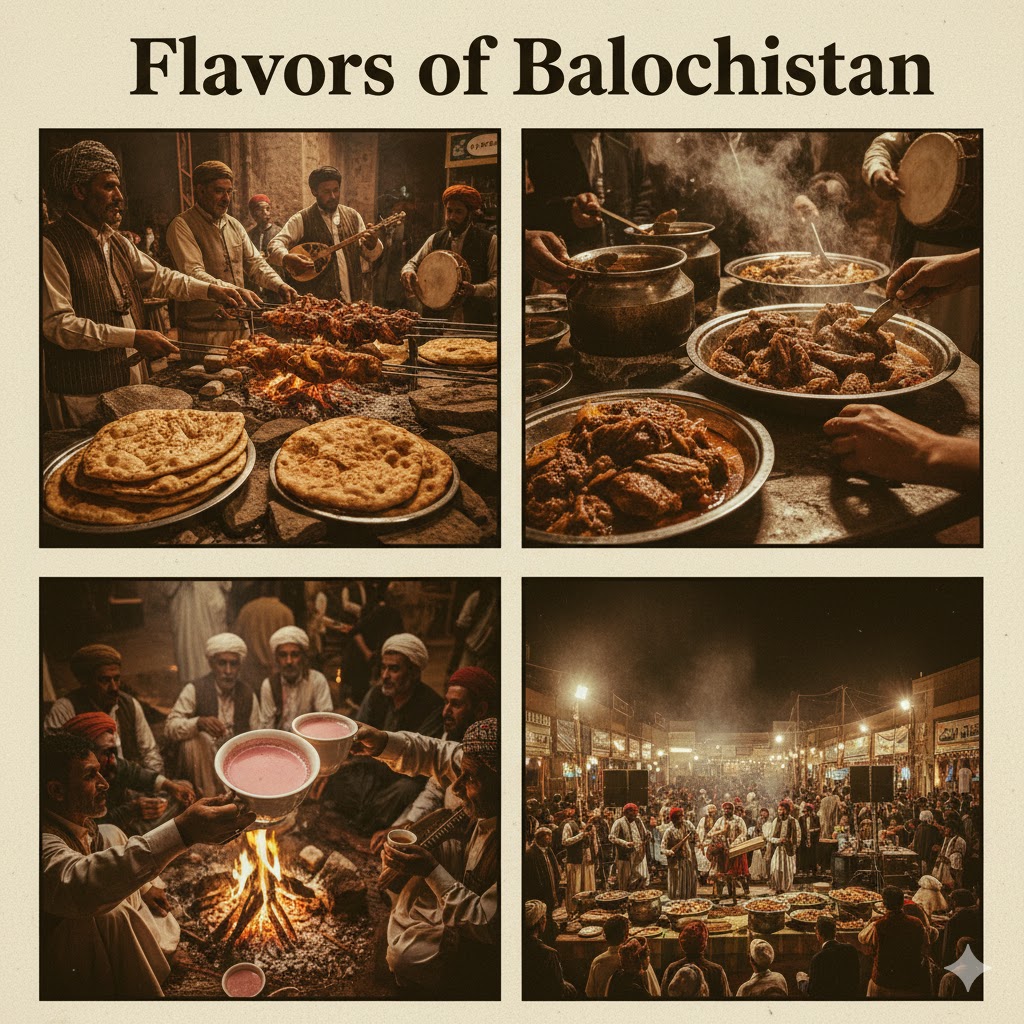
10.4 Hunza Apricot Harvest Festival
In Gilgit-Baltistan, the Apricot Harvest Festival celebrates the sweet fruit that sustains mountain life. Villagers gather to make dried apricots, jams, and juices, while performing folk dances and songs of gratitude to nature.
Visitors experience authentic Hunza hospitality — from stone houses to organic feasts.
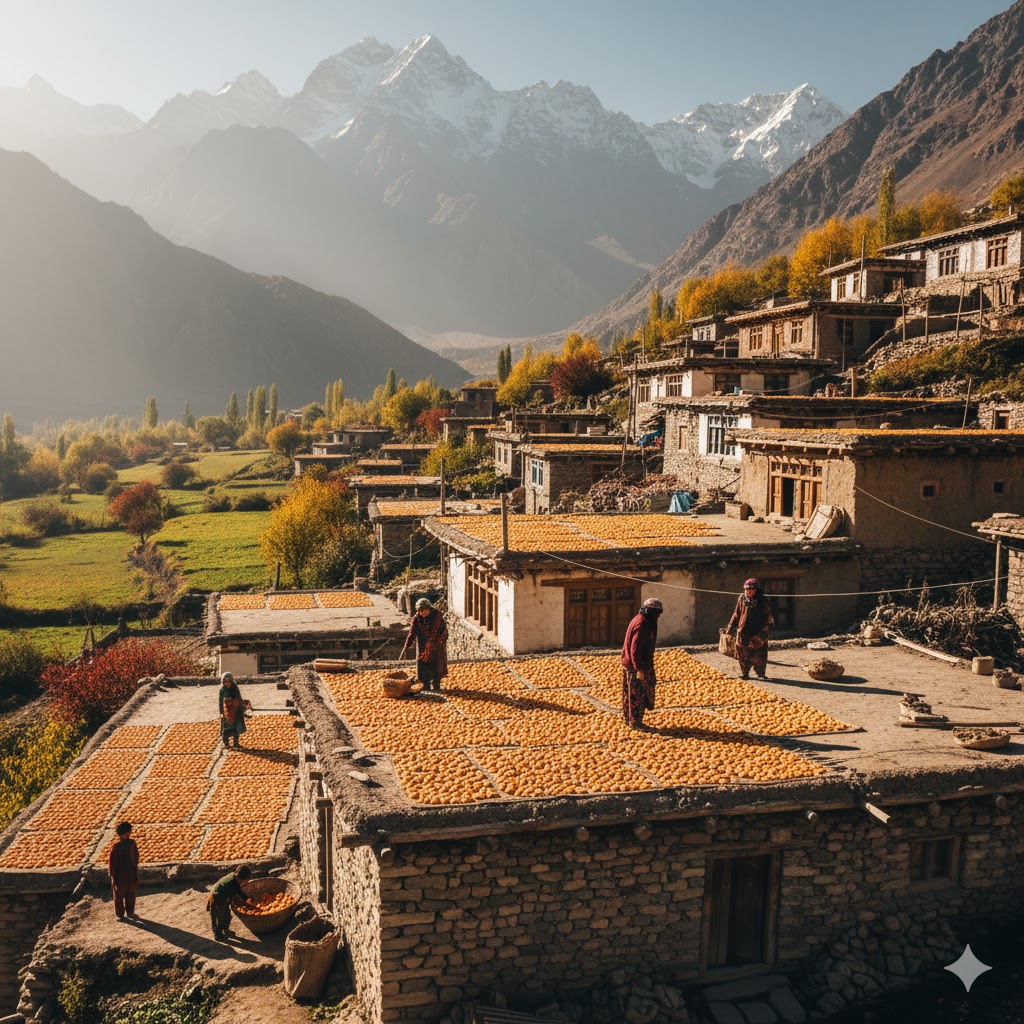
🏛️ 11. UNESCO-Recognized Cultural Heritage & Heritage Preservation
Pakistan’s cultural diversity has earned several traditions a place on UNESCO’s Intangible Cultural Heritage list, highlighting their global significance.
| Heritage Element | Region | Recognition Year | Description |
|---|---|---|---|
| Truck Art of Pakistan | Nationwide | 2022 | Colorful truck paintings that turn transport into moving art galleries. |
| Kalash Cultural Festivals | Chitral, KPK | 2018 | Ancient pagan rituals celebrating seasonal change and harvest. |
| Sufi Qawwali Music | Punjab & Sindh | 2016 | Devotional musical expression promoting unity and love. |
| Indus Valley Civilization Sites (Mohenjo-Daro) | Sindh | 1980 | One of the world’s oldest urban civilizations (2500 BCE). |
Traveler’s Tip: Visit Mohenjo-Daro Museum, Shah Abdul Latif Bhittai Shrine (Bhitt Shah), and National Heritage Museum Islamabad for a complete historical overview.
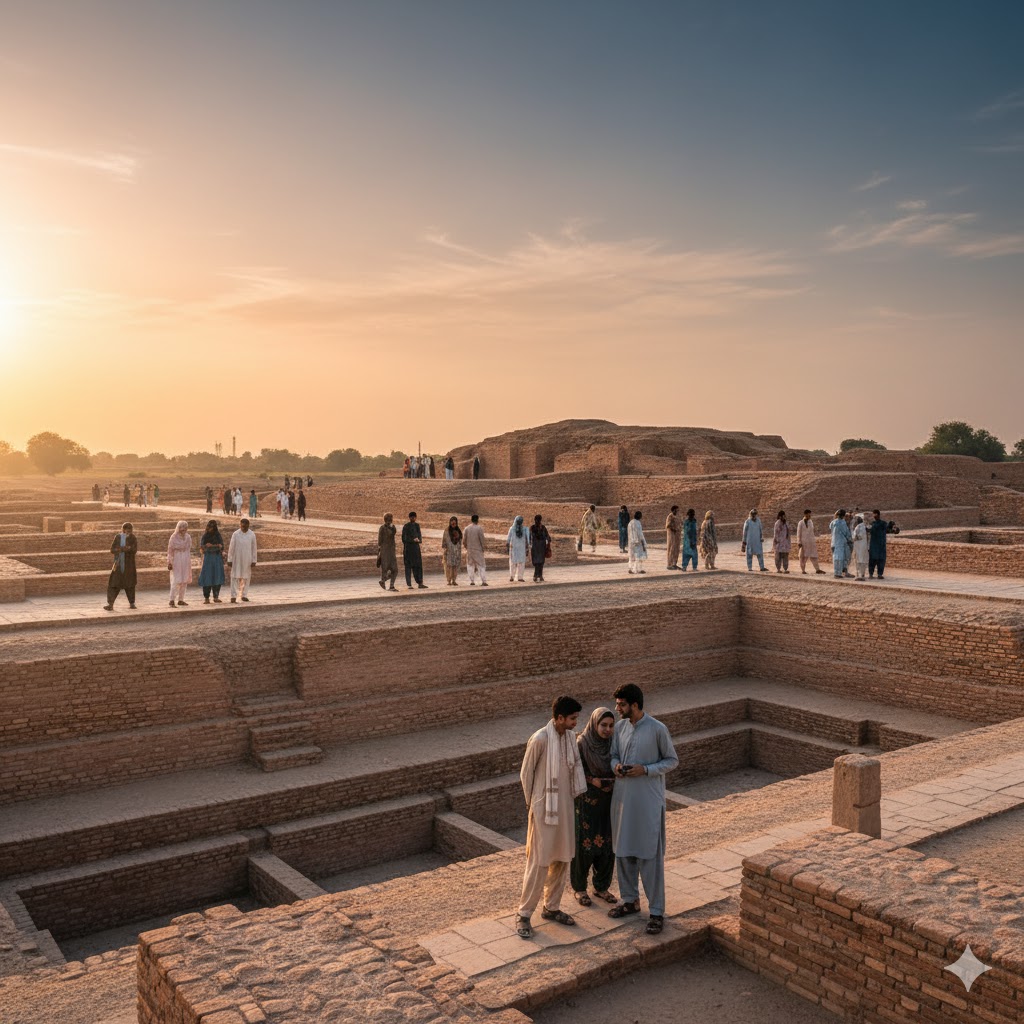
🌍 12. International Cultural Recognition & Tourism Growth
Pakistan’s cultural heritage festivals are increasingly drawing global attention through UNESCO, World Tourism Organization (UNWTO), and Pakistan Tourism Development Corporation (PTDC) campaigns.
Highlights:
- Lahore Literary Festival (LLF) featured in The Guardian as a “rising intellectual hub of South Asia.”
- Kalash Festivals documented by National Geographic for their unique preservation of pagan traditions.
- Shandur Polo Festival broadcast internationally, attracting adventure travelers from Europe and Central Asia.
- Gwadar Cultural Week promoted by Discover Pakistan TV for boosting coastal tourism.
Sources:
Internal DoFollow Links:
✈️ 13. Traveler’s Complete Festival Itinerary (2026 Edition)
| Season | Region | Must-Attend Festival | Duration | Highlights |
|---|---|---|---|---|
| Spring (March–May) | Kalash / Swat | Chilimjusht & Jashn-e-Swat | 5–7 Days | Bloom festivals, Sufi music, local crafts |
| Summer (June–August) | Hunza / Shandur / Multan | Polo, Mango, Apricot Festivals | 7–10 Days | Adventure, food, mountain culture |
| Autumn (Sept–Nov) | Lahore / Islamabad | Lok Mela, Music Meet | 3–5 Days | Urban cultural revival |
| Winter (Dec–Feb) | Karachi / Gwadar / Quetta | Food & Sea Festivals | 4–6 Days | Coastal and culinary experiences |
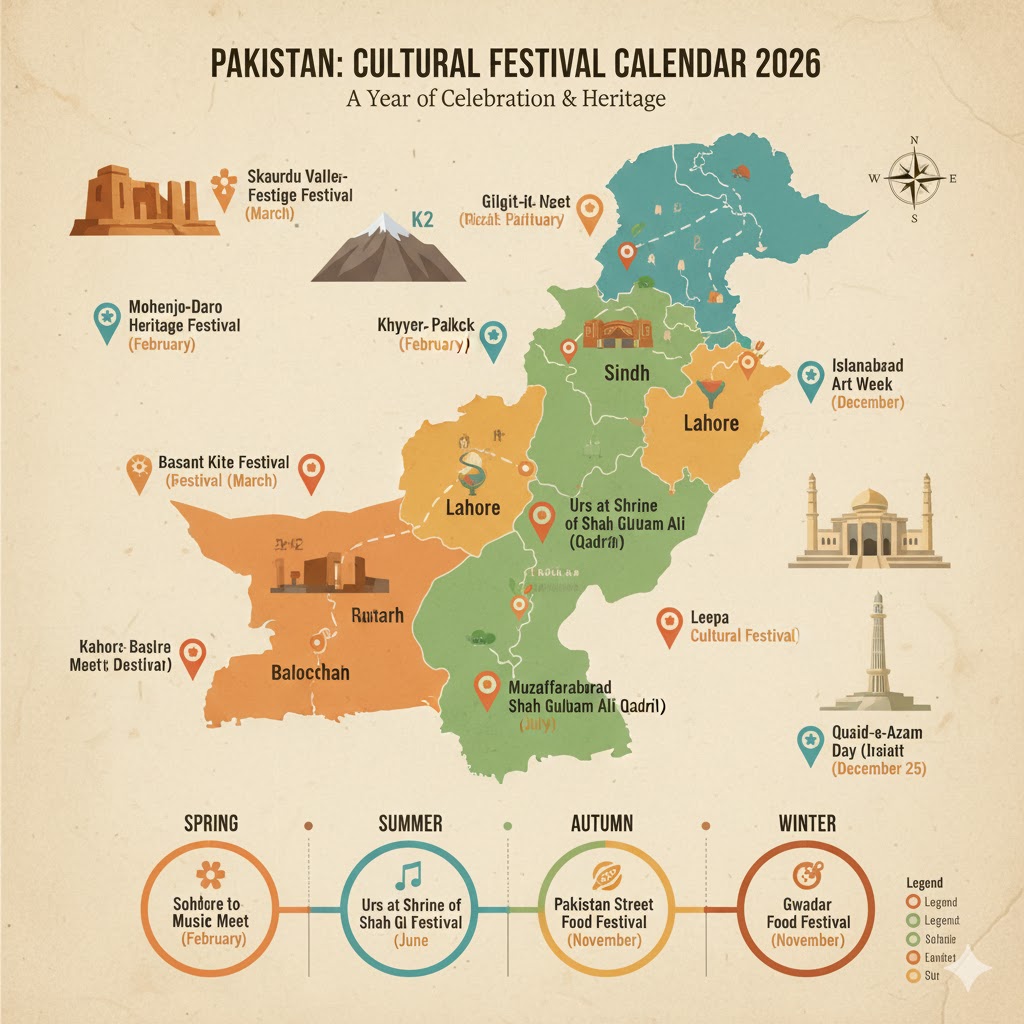
Traveler Guide— Where Diversity Meets Unity
Pakistan’s cultural festivals are not just events — they’re living expressions of identity, faith, art, and resilience. From the snowy peaks of Hunza to the golden sands of Balochistan, each festival reveals the soul of Pakistan’s heritage, connecting locals and travelers through shared traditions of color, music, and hospitality.
These celebrations embody the spirit of unity in diversity, reminding every traveler that Pakistan’s greatest beauty lies in its people’s heartwarming traditions and stories.
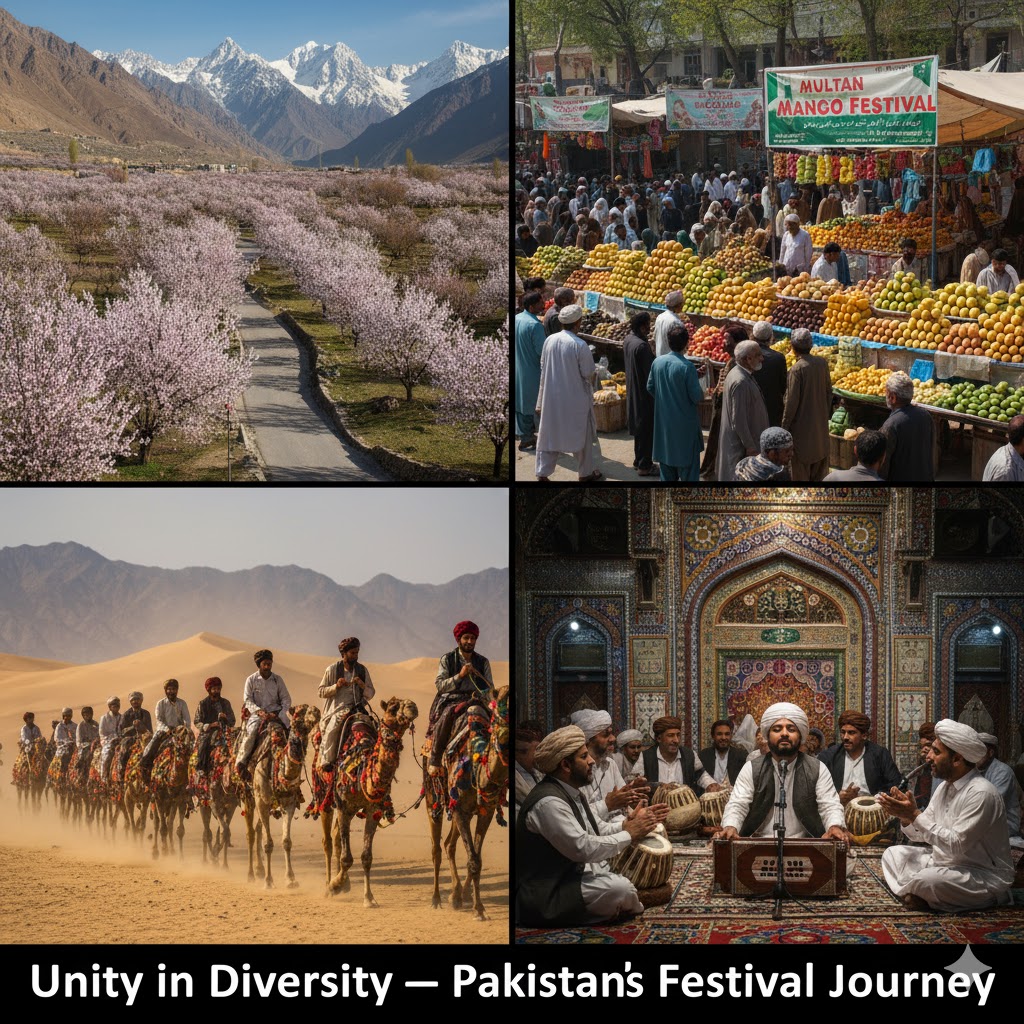
Frequently Asked Questions (FAQs) — Explore Pakistan’s Cultural Heritage Festivals (2026)
1. What are the most famous cultural heritage festivals in Pakistan?
Pakistan’s most celebrated festivals include Lok Mela (Islamabad), Kalash Chilimjusht Festival (Chitral), Shandur Polo Festival (Gilgit), Multan Mango Festival, Sibi Mela (Balochistan), and Jashn-e-Baharan (Hunza). Each showcases music, dance, crafts, and local cuisines reflecting Pakistan’s rich diversity.
2. When is the best time to visit Pakistan for cultural festivals?
The ideal time is March to October, as most festivals — including spring flower events, mango and food festivals, and polo tournaments — occur during these months. Winter (December–February) offers coastal events like Gwadar Seafood Festival and Karachi Food Carnival.
3. Are these festivals safe for international tourists?
Yes. With strong tourism development under PTDC and local hospitality initiatives, festivals across Pakistan are safe and well-organized. Regions like Hunza, Skardu, Lahore, Islamabad, and Multan are particularly tourist-friendly, with improved facilities and local guides.
4. How can I attend the Kalash Festivals in Chitral?
You can reach Kalash Valleys (Bumburet, Rumbur, Birir) via Chitral Airport or the road from Dir and Lowari Tunnel. Visitors are advised to register with local tourism offices for accommodation and festival access.
5. What makes the Shandur Polo Festival so special?
Known as the “Roof of the World Polo”, the Shandur Polo Festival takes place at 12,000 feet above sea level — the world’s highest polo ground. The event combines traditional polo, music, dance, and camping under the stars amid stunning Karakoram peaks.
6. What should tourists expect at Lok Mela in Islamabad?
Lok Mela is a vibrant national folk festival that unites all provinces under one roof. Expect handicrafts, ajraks, folk performances, and live qawwali nights. It’s ideal for travelers wanting to experience the complete cultural spectrum of Pakistan in one location.
7. Is the Multan Mango Festival open to international visitors?
Absolutely! The festival welcomes tourists, journalists, and food enthusiasts. International visitors often enjoy mango tasting sessions, exhibitions, and cooking competitions, offering a fun look at Pakistan’s agricultural pride.
8. What happens during the Swat Cultural Festival?
Held in Mingora and Saidu Sharif, the Swat Cultural Festival celebrates peace and art through folk music, crafts, food stalls, and heritage displays. It’s organized by the Khyber Pakhtunkhwa Tourism Department and helps revive Swat’s Gandhara legacy.
9. How is the Sibi Mela celebrated in Balochistan?
The Sibi Mela is among Pakistan’s oldest events, featuring camel races, horse shows, music, and tribal parades. It embodies the spirit of Baloch hospitality, where nomads, traders, and performers gather to celebrate unity and prosperity.
10. What is Jashn-e-Swat or the Festival of Blossoms?
Held each spring, this festival welcomes cherry blossoms and fruit blooms across Swat Valley. Expect local floats, dances, sports tournaments, and floral parades, making it an excellent time for photographers and nature lovers.
11. What makes the Gwadar Cultural Festival unique?
The Gwadar Cultural Festival merges Balochi seaside traditions with modern tourism. Activities include boat races, seafood competitions, traditional music, and local crafts. The event aims to promote eco-tourism and coastal art in Balochistan.
12. Which cultural events are recognized by UNESCO?
UNESCO recognizes several Pakistani cultural elements such as Kalash festivals, Truck Art, Sufi Qawwali music, and the Indus Valley Civilization (Mohenjo-Daro) as part of the world’s intangible and tangible cultural heritage.
13. Are there any literary or modern cultural festivals in Pakistan?
Yes, events like the Karachi Literature Festival, Lahore Music Meet, and Islamabad Art Week highlight Pakistan’s contemporary culture. These attract authors, musicians, filmmakers, and international guests, promoting global creative exchange.
14. What is the purpose of Pakistan Day and Independence Day celebrations?
Both days commemorate national unity and independence. Pakistan Day (March 23) features a military parade and cultural floats, while Independence Day (August 14) brings fireworks, concerts, and citywide illuminations celebrating freedom.
15. Which festivals in Gilgit-Baltistan attract adventure travelers?
The Shandur Polo Festival, Jashn-e-Baharan (Spring Blossom), and Baba Ghundi Festival are major draws. These combine mountain adventure with local traditions, ideal for trekkers and nature enthusiasts exploring high-altitude heritage.
16. Can travelers participate in local rituals or dances?
Yes, most communities welcome respectful participation, especially during Kalash, Hunza, and Swat festivals. Travelers should ask permission and dress modestly, showing cultural sensitivity.
17. How can tourists find upcoming festival schedules?
Visit official tourism portals like:
- PTDC Official Site
- UNESCO Heritage Pakistan
- Lok Virsa Events Page
These regularly update dates, registration options, and travel guidelines.
18. What should travelers pack for attending festivals in different regions?
- North (Gilgit, Swat, Chitral): Warm layers, hiking shoes, sunscreen.
- South (Sindh, Balochistan): Light cottons, hats, hydration packs.
- Cities (Lahore, Karachi): Comfortable casuals for daytime and formal for evening events.
19. How do Pakistan’s festivals promote tourism and unity?
Each festival celebrates ethnic harmony and inclusivity — bridging gaps between regions. Through music, food, and faith, they show Pakistan’s cultural resilience and shared identity, fostering national and international tourism growth.
20. What is the overall cultural message of Pakistan’s festivals?
That diversity is strength. Whether it’s the Kalash pagan dances, Sindhi Ajrak Day, or Sufi Urs gatherings, every celebration tells a story of love, unity, and reverence — keeping Pakistan’s ancient soul alive in a modern world.

